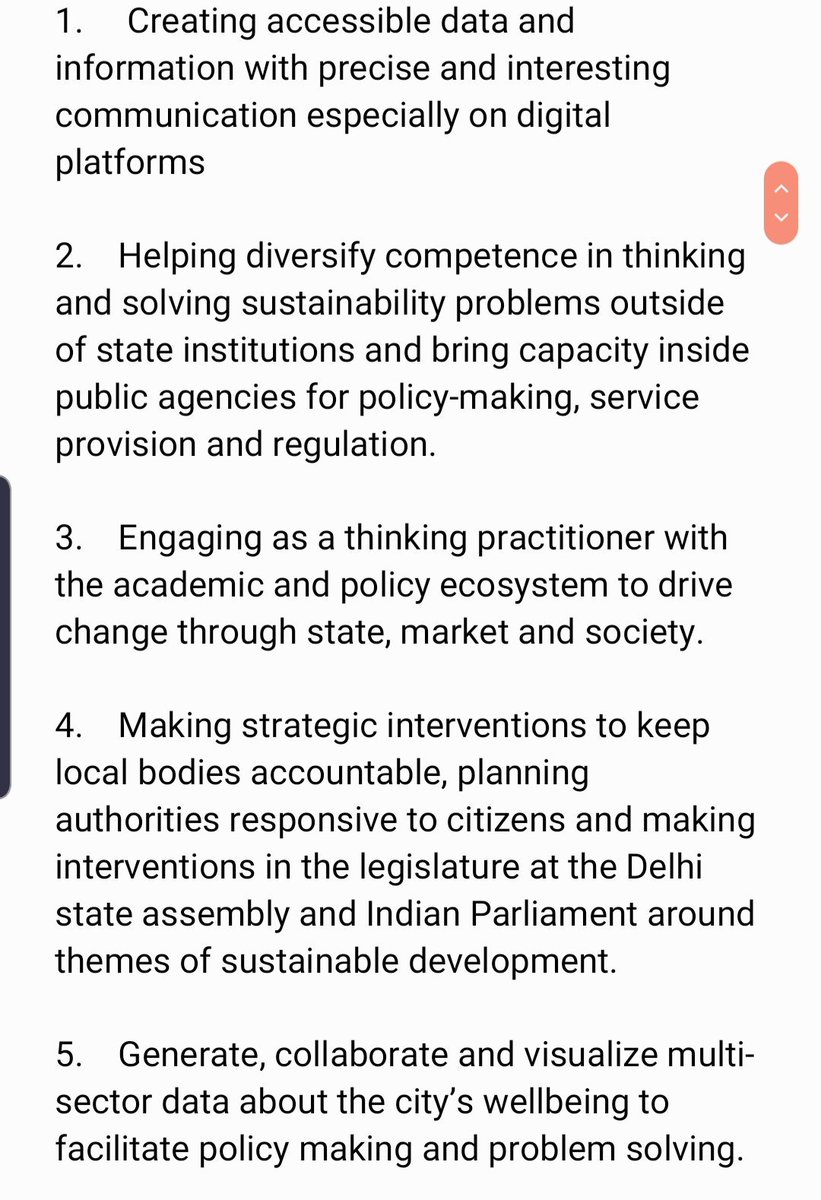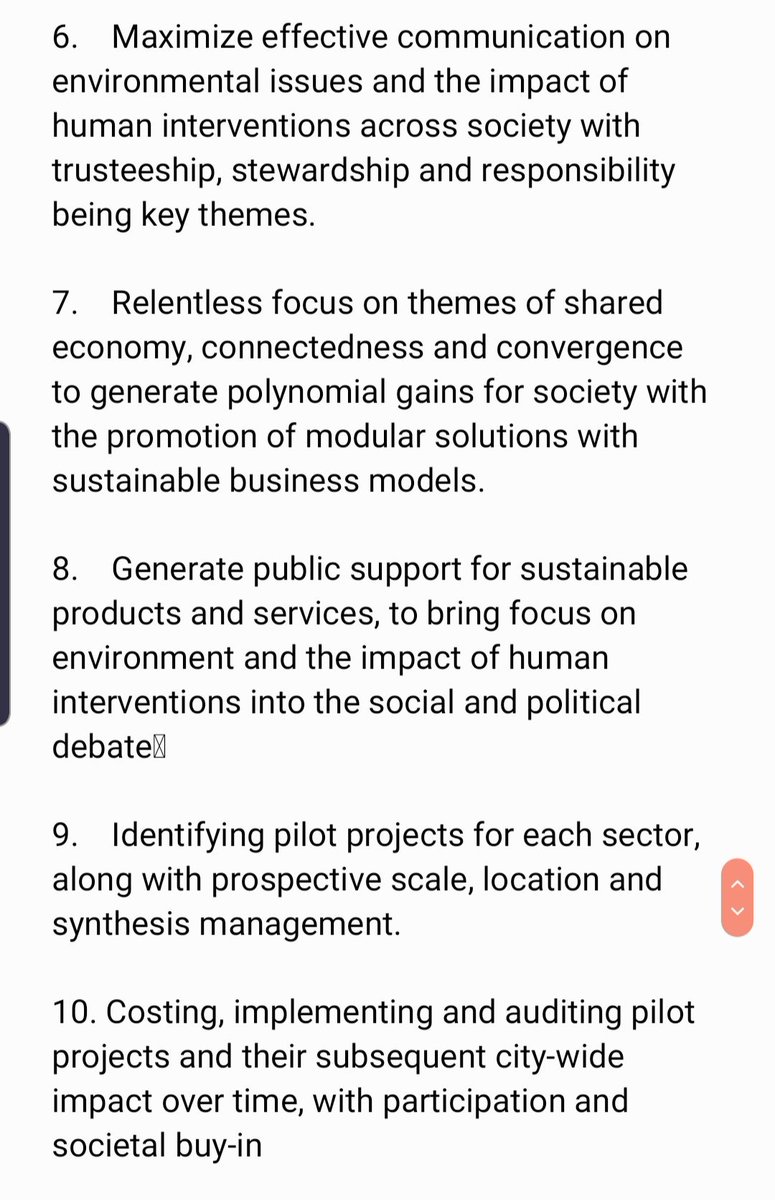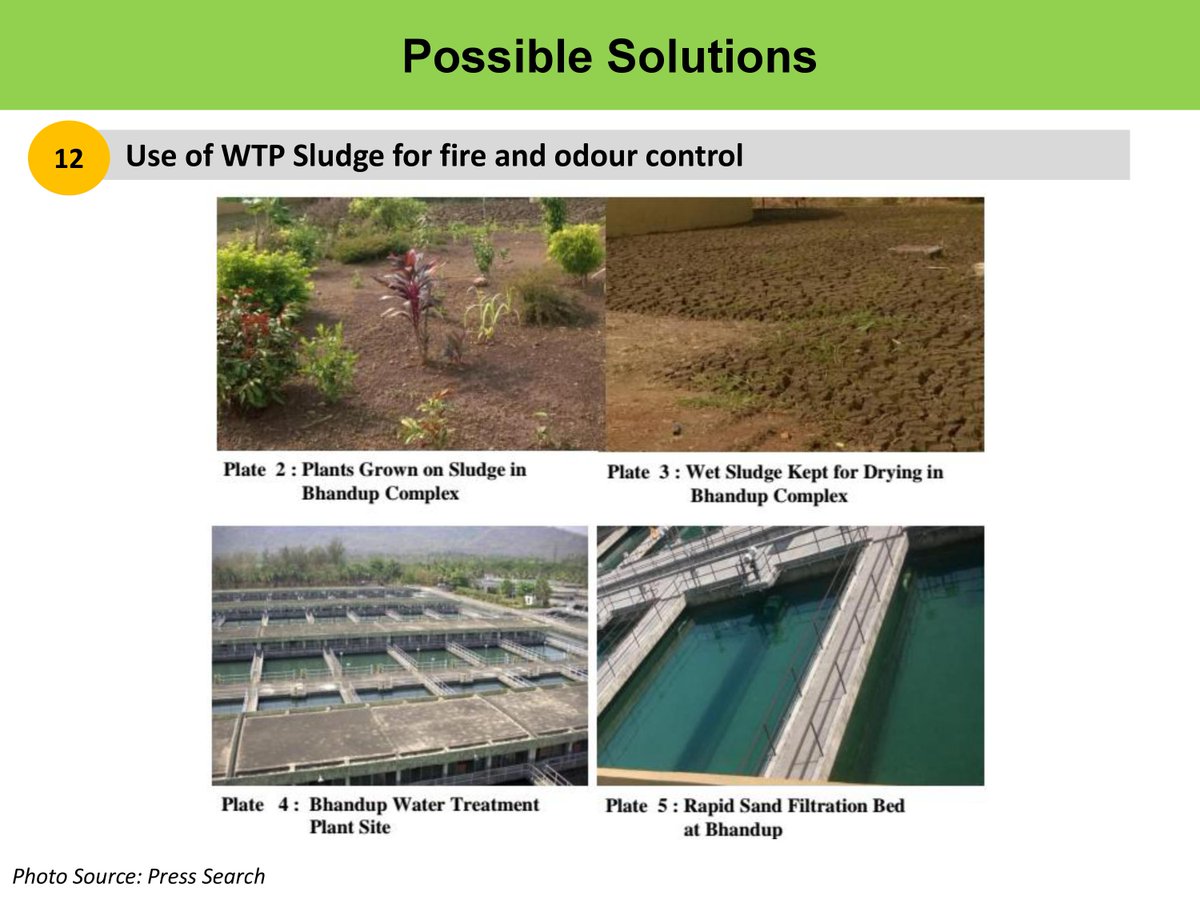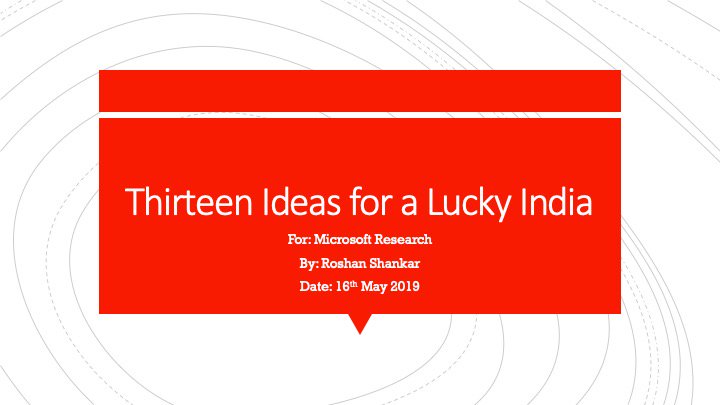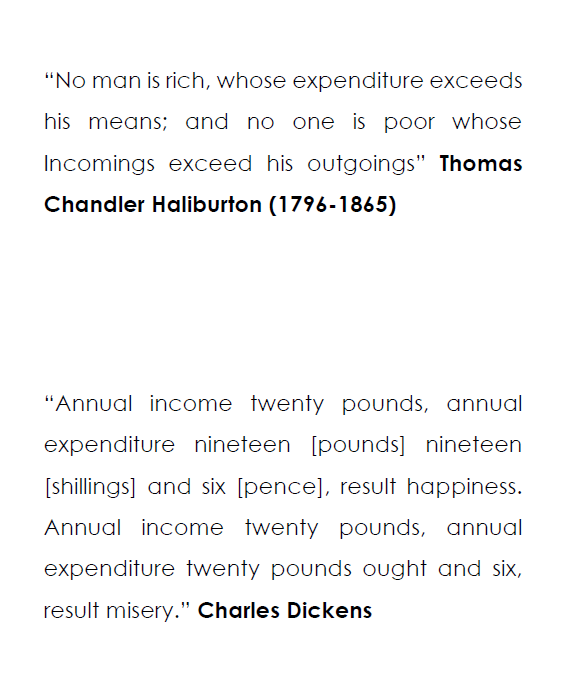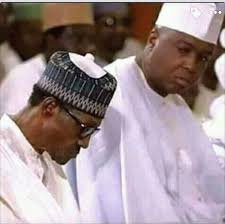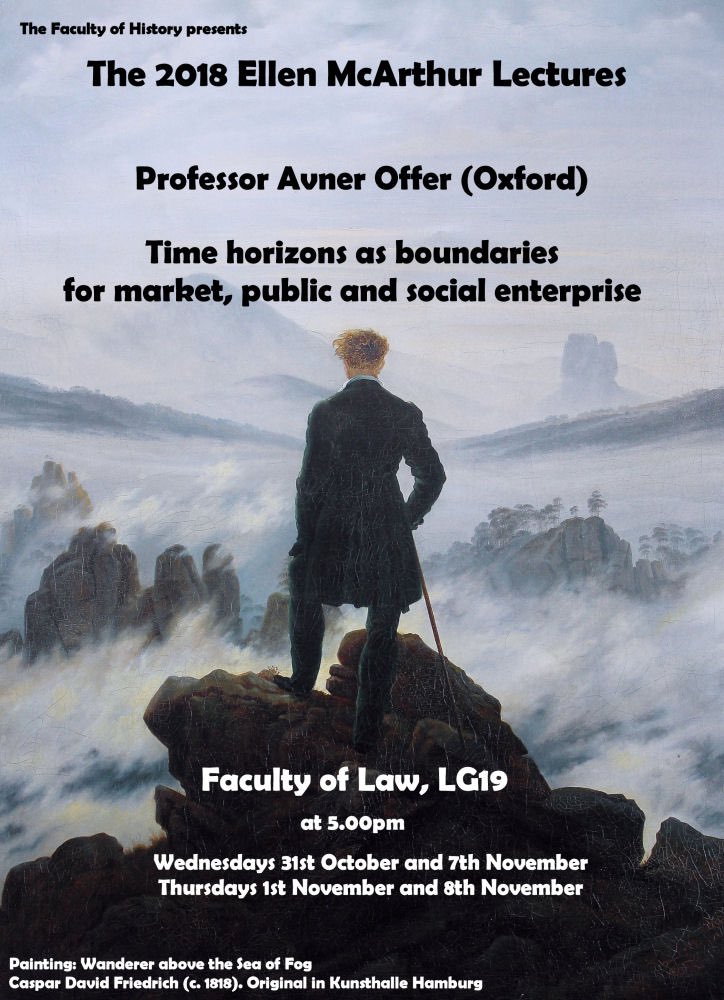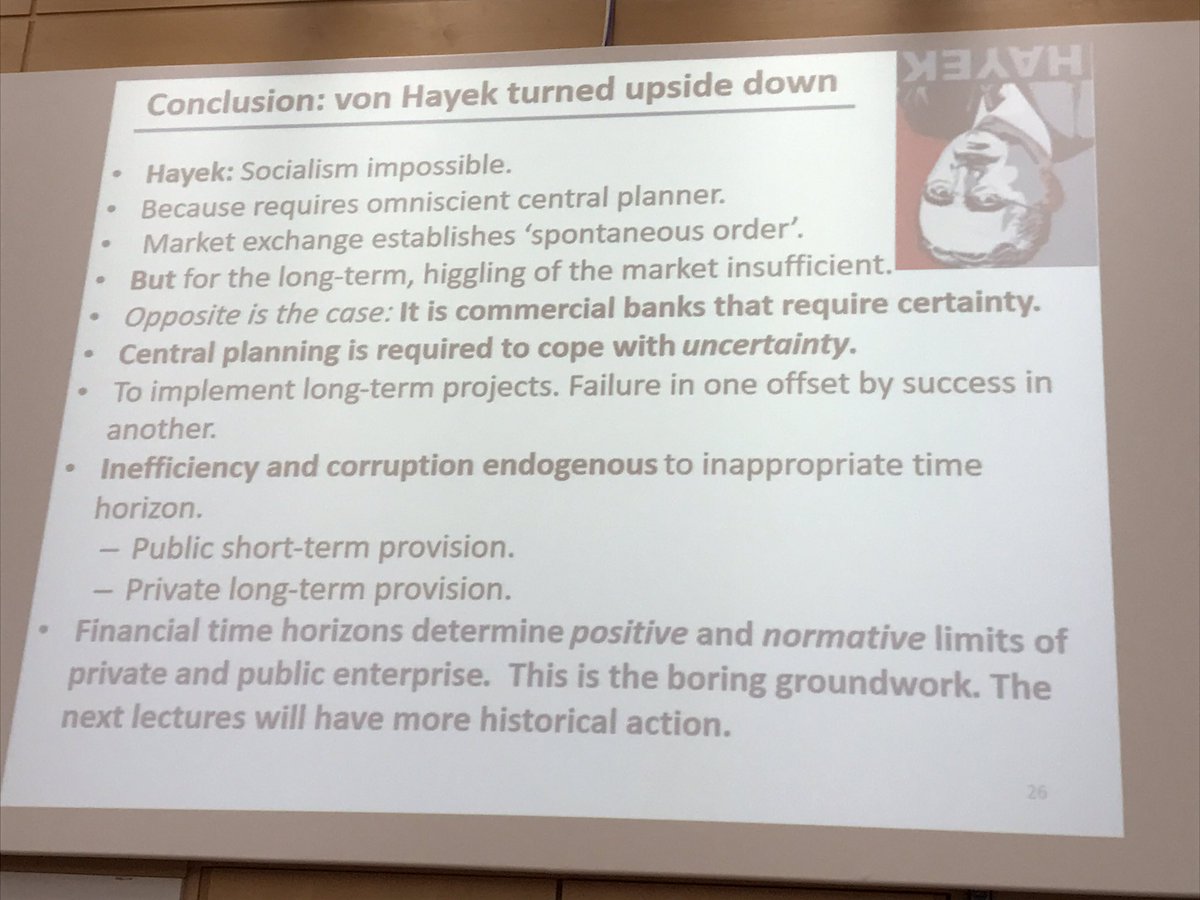This thread enumerates problems, approaches and solutions for Delhi based on experiences with state, market and society.
RT, reply or email at roshans[at]alumni[dot]stanford[dot]edu to collaborate!
The cure for Delhi's air pollution will involve the people of Delhi, MCDs, NDMC, DCB, Delhi Government, Government of India, DDA, DUAC and RERA.
The solution for Delhi's air pollution will involve state, market, society, academia and media.
a.Courts (Lower courts, consumer courts, High Court, Supreme Court, NGT)
b.Executive (planning agencies, government departments, scientific and technical orgs, thinktanks, data cos)
c.Parliament/Legislature (Action, support and advocacy)
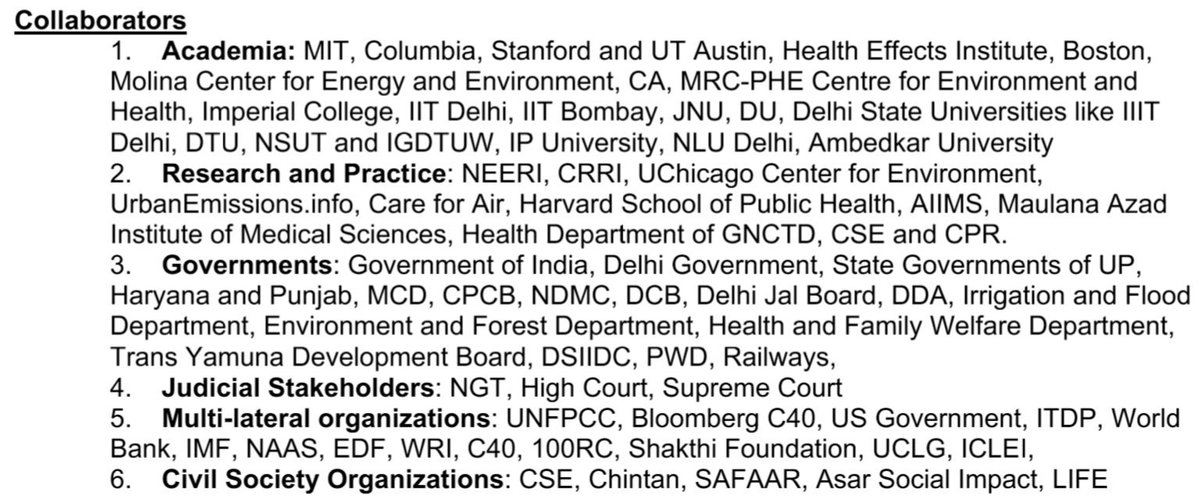
These policies, programs, practices and projects will be integrated within line departments and agencies within Delhi.
1. Hyper local monitoring of a select area in the city, based on the London hyperlocal monitoring model, from the EC Fund by 2020 and implement the initiative by 2024 with DPCC and IIIT Delhi.
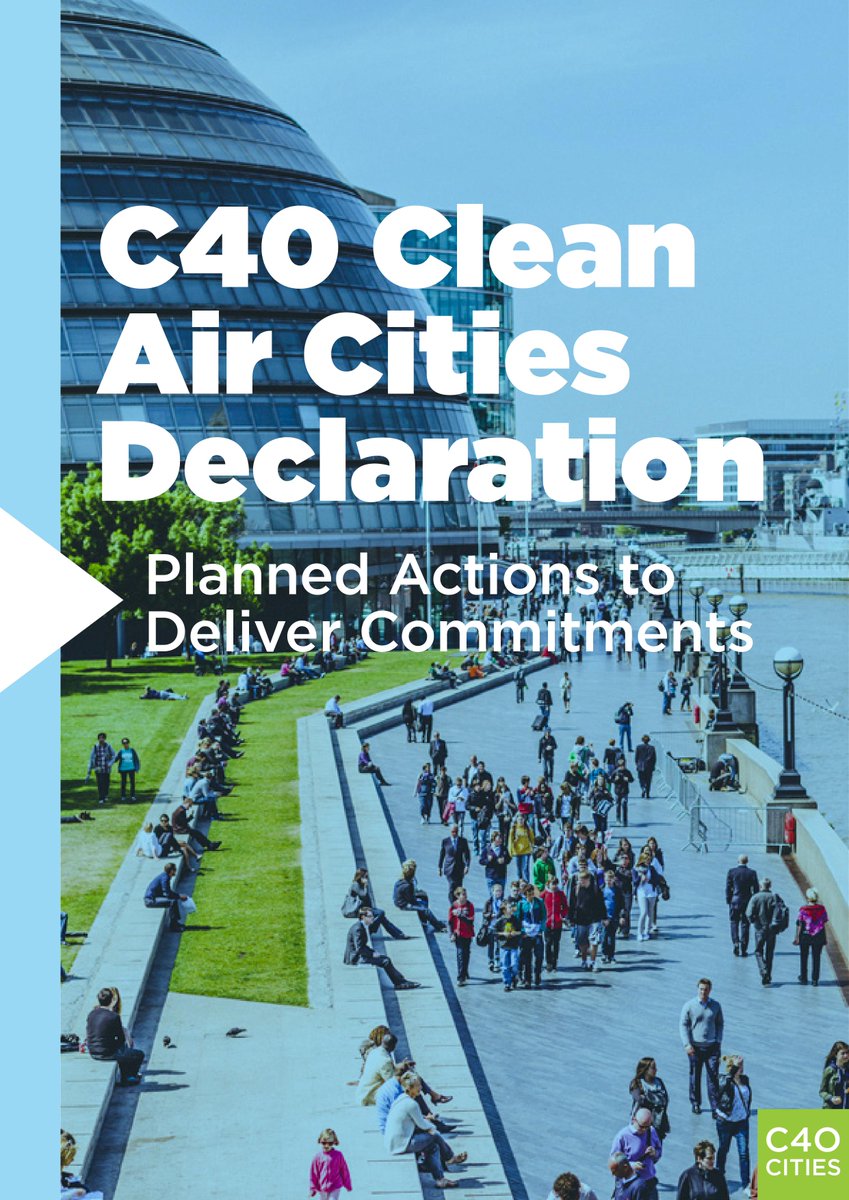
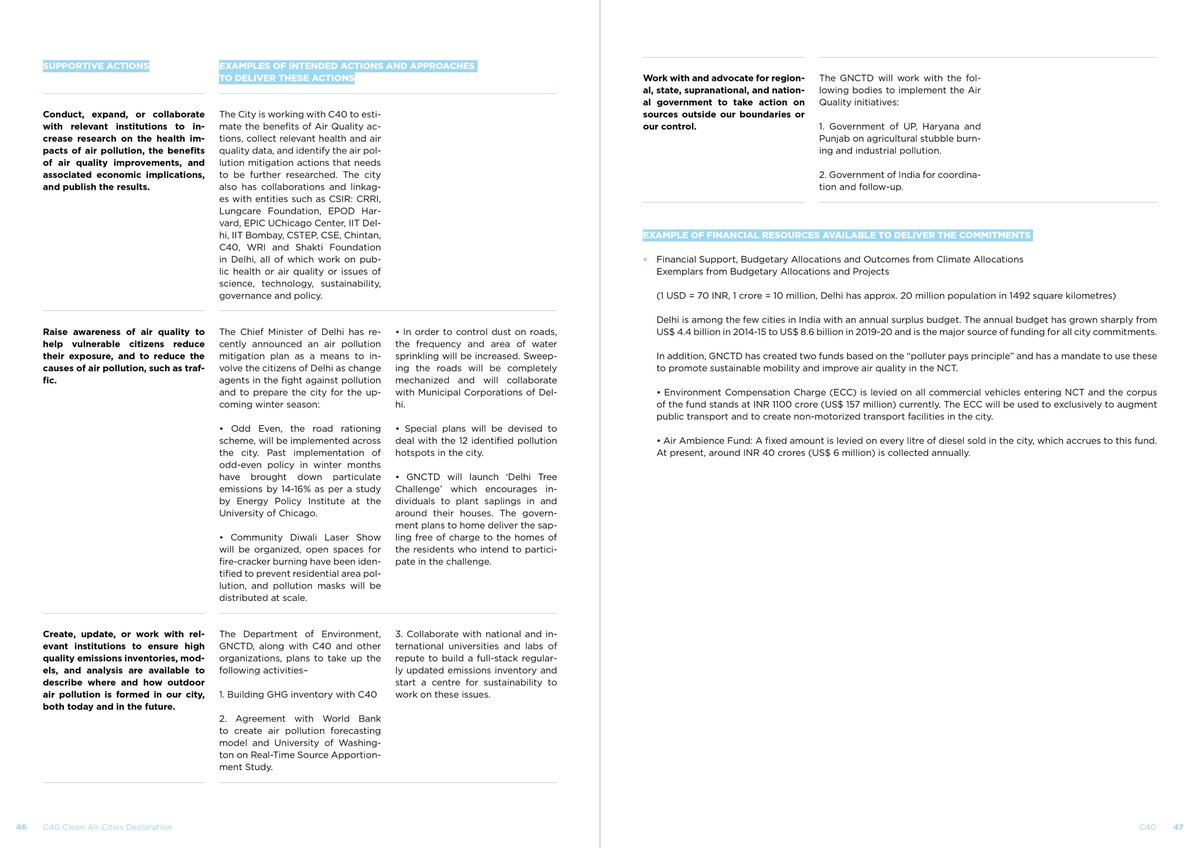
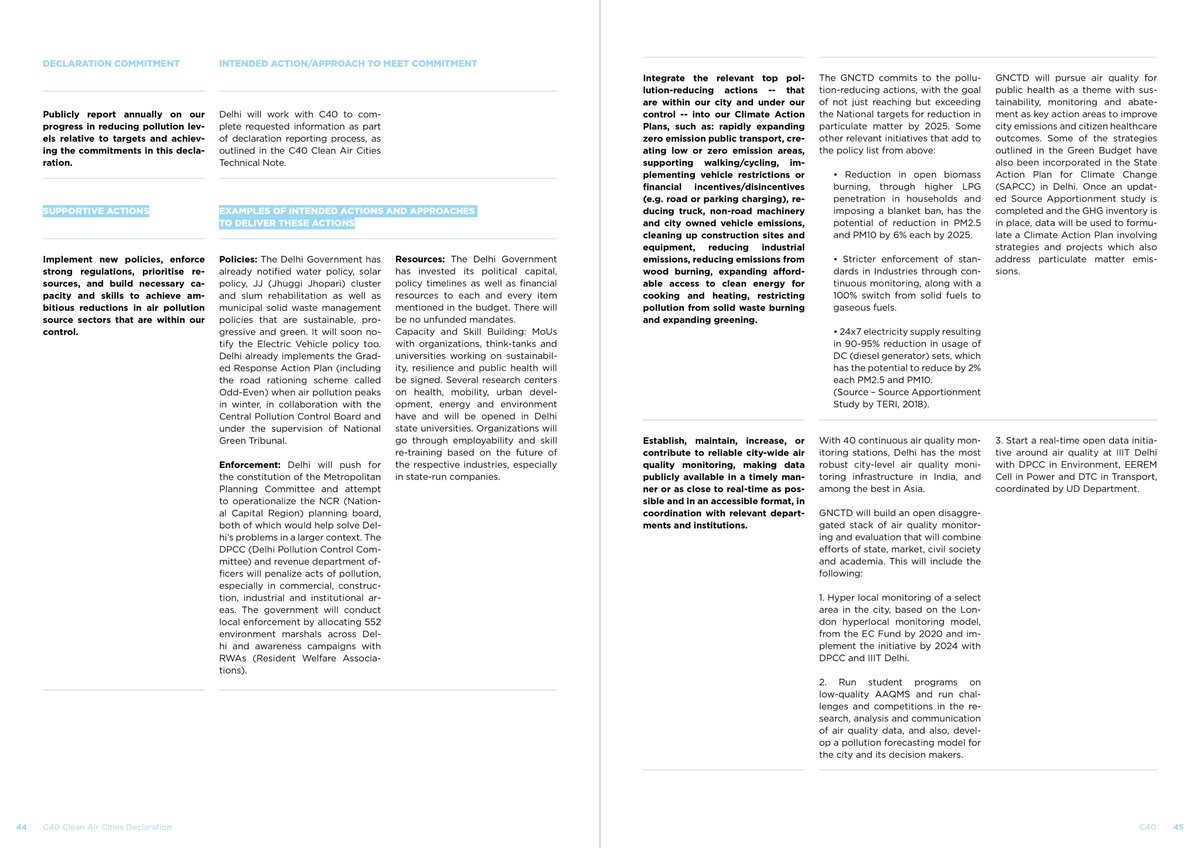
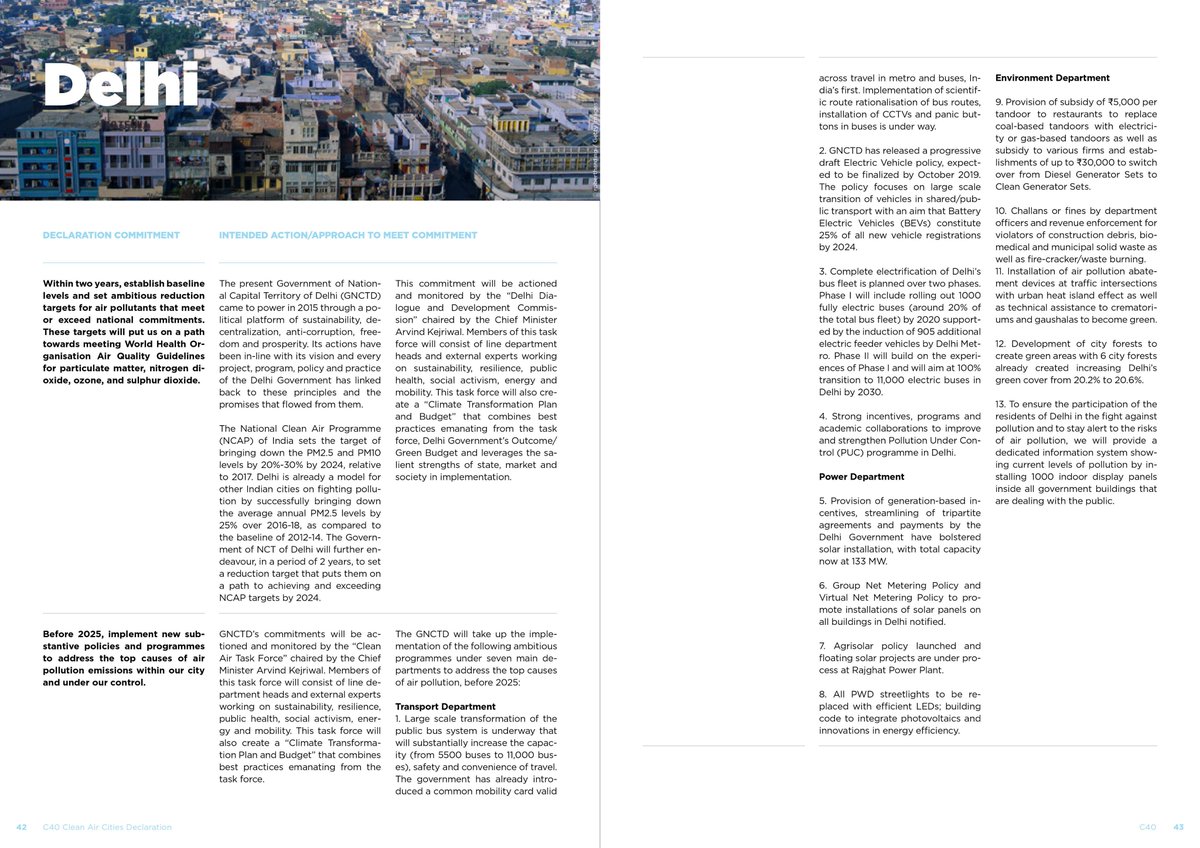
Air Ambience Fund: A fixed amount is levied on every litre of diesel sold in Delhi, with an annual collection of INR 40 crores.
Next: Comments on data, presentations made to NGT and Delhi agencies and visuals of projects!
The context on projects and programs is necessary since they have been communicated and pleaded repeatedly to DDA and MCD to little movement.
The latest GHG Inventory available is for 2014-15.
Here are two graphs that summarize this pollutant load by sector/source.
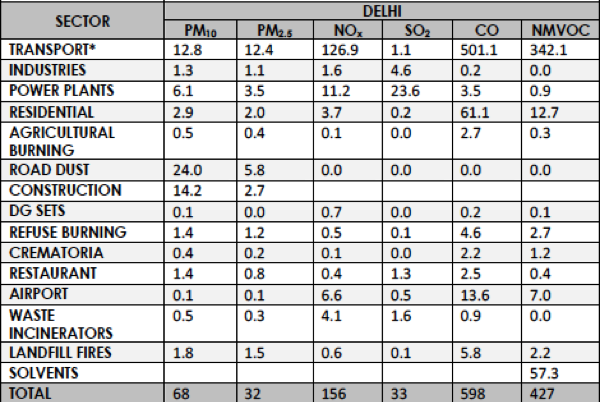
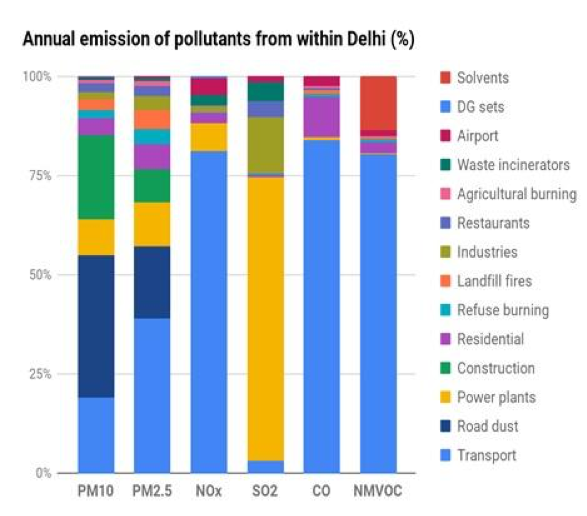
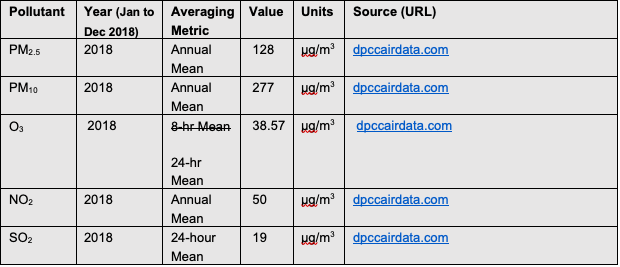

What are the sources of pollution?
What does it look like?
What is the aerial chemistry?
Some context here.


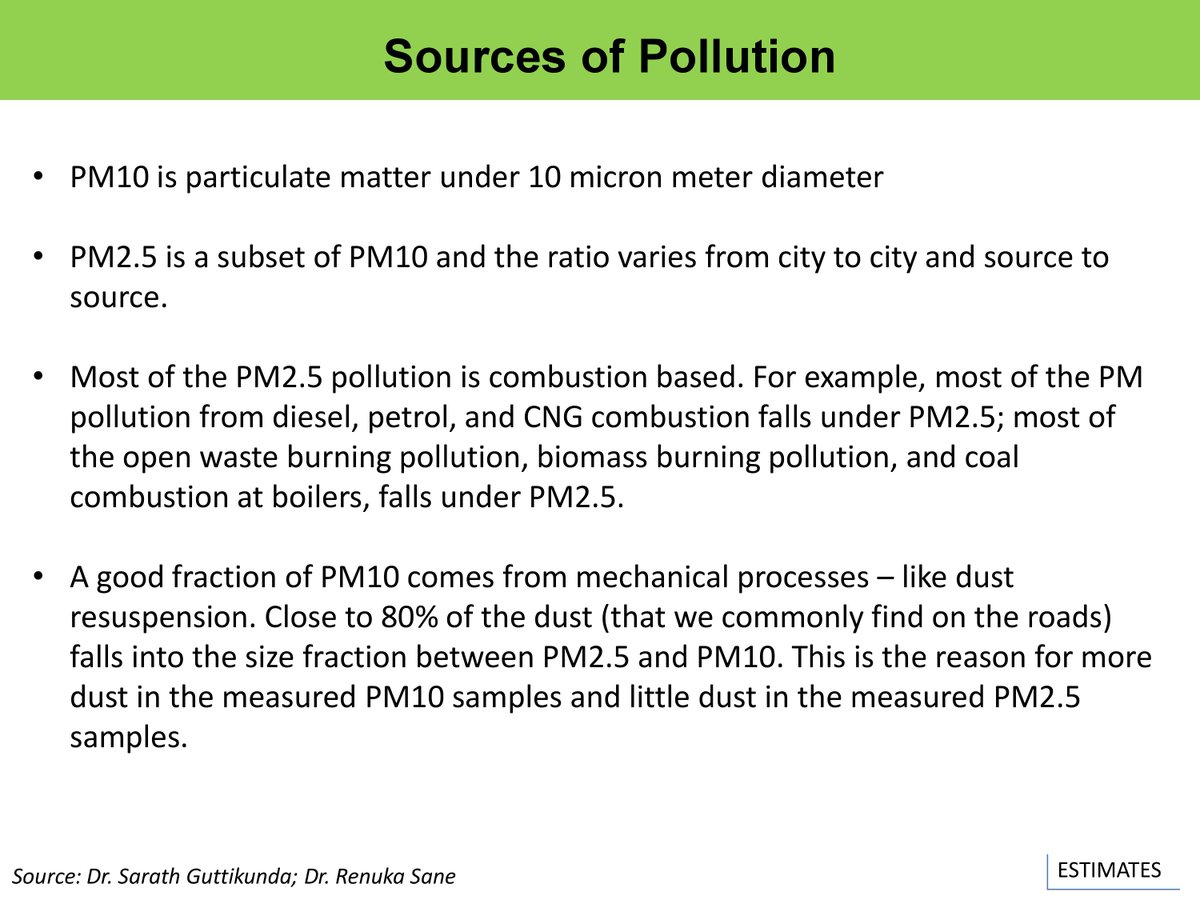
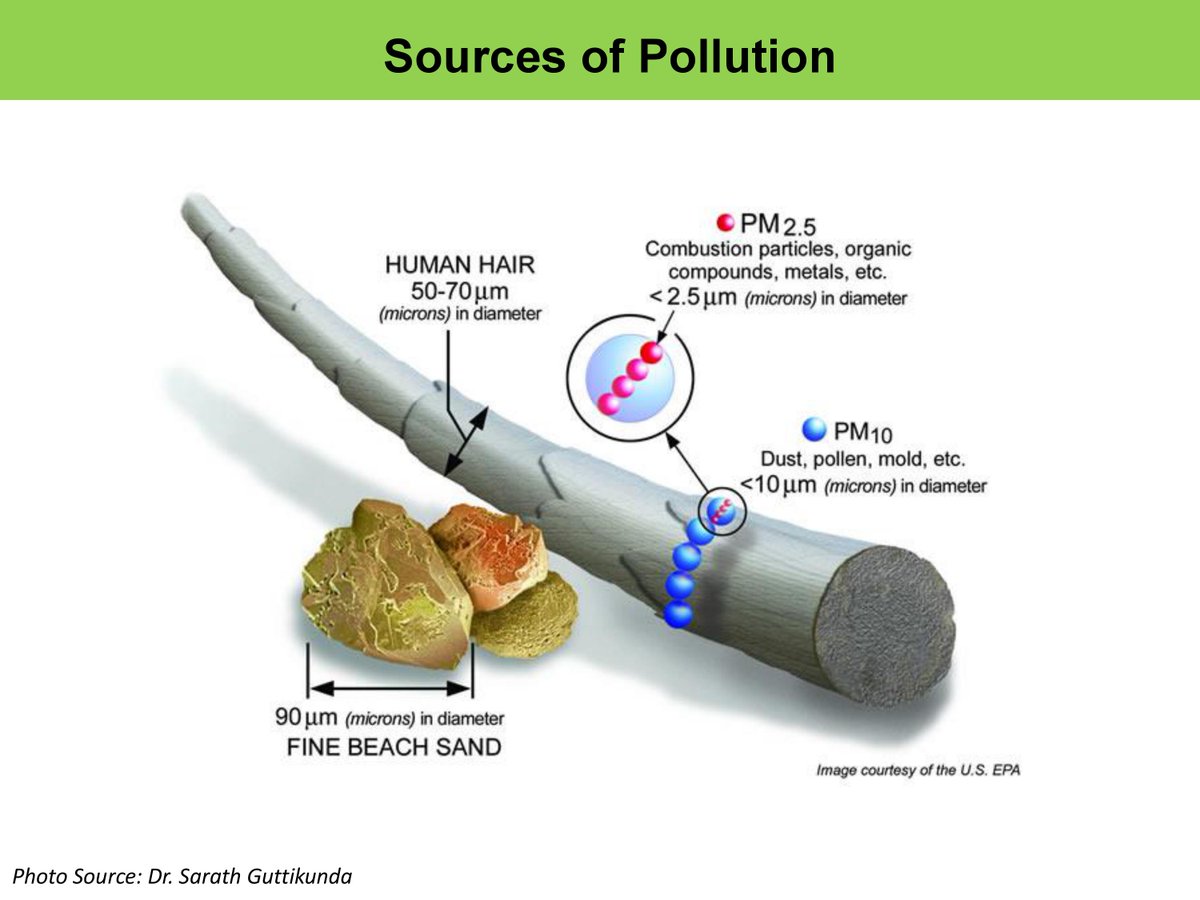
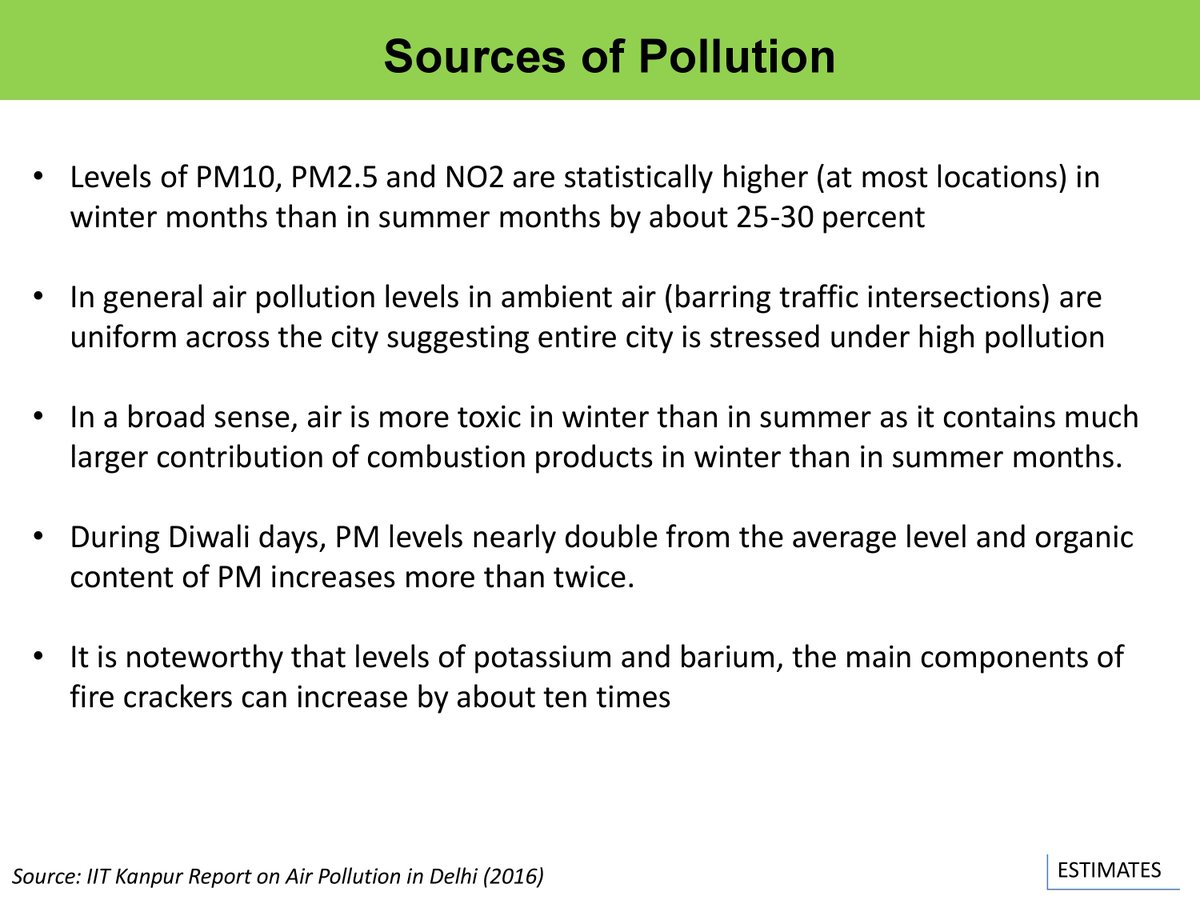
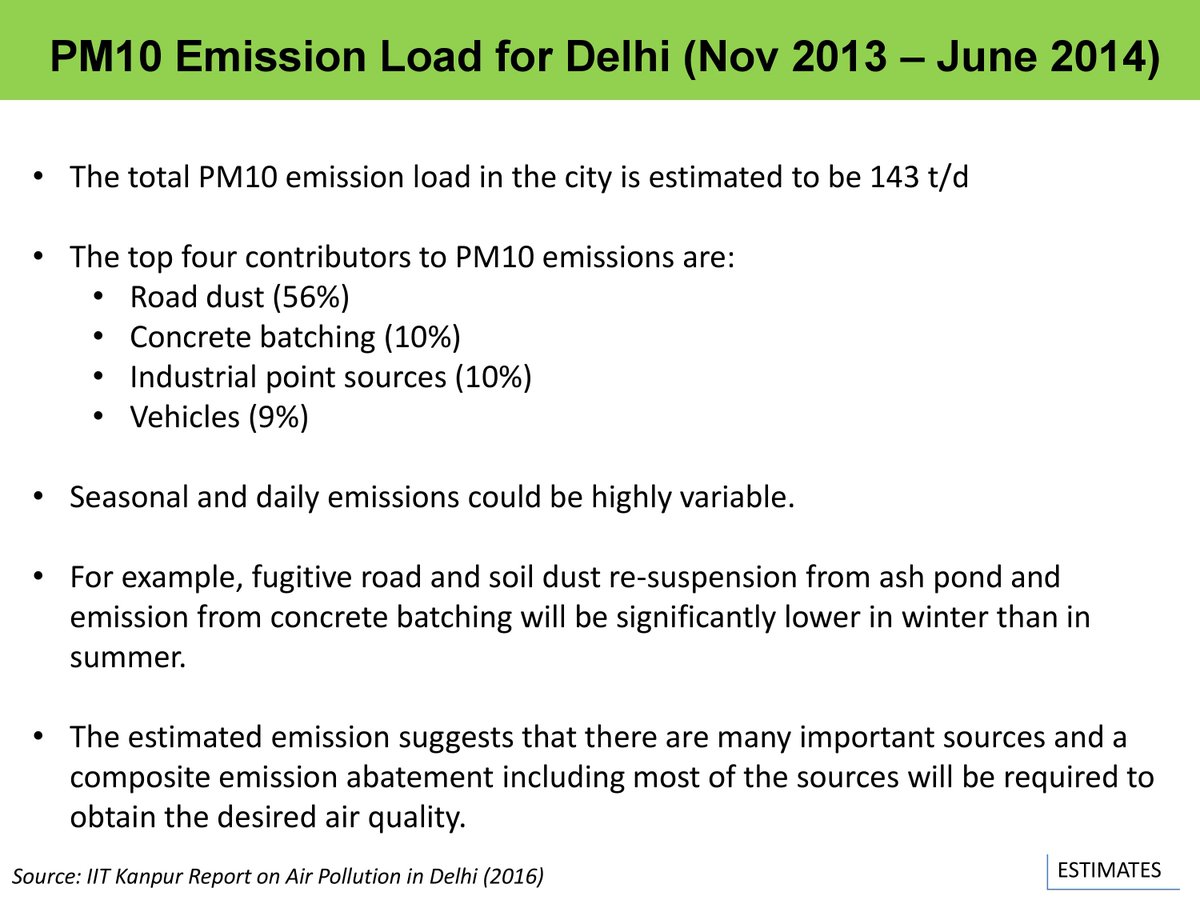


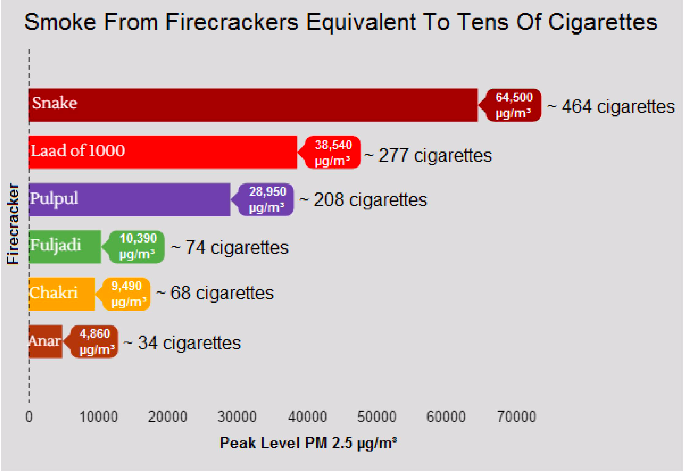
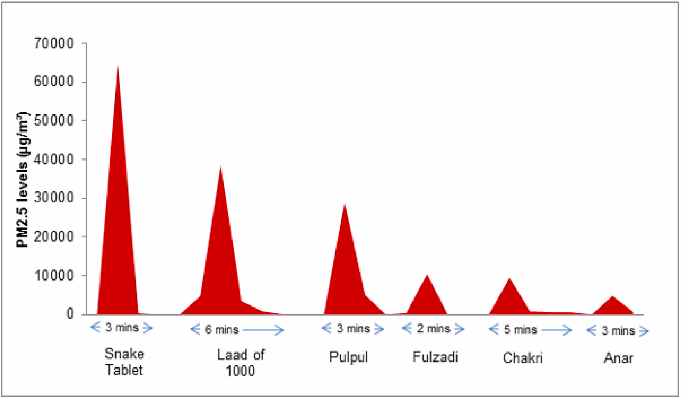
indianexpress.com/article/india/…
naasindia.org/documents/Crop…

Status Report:
GNCTD :)
MCD :(
DDA :/
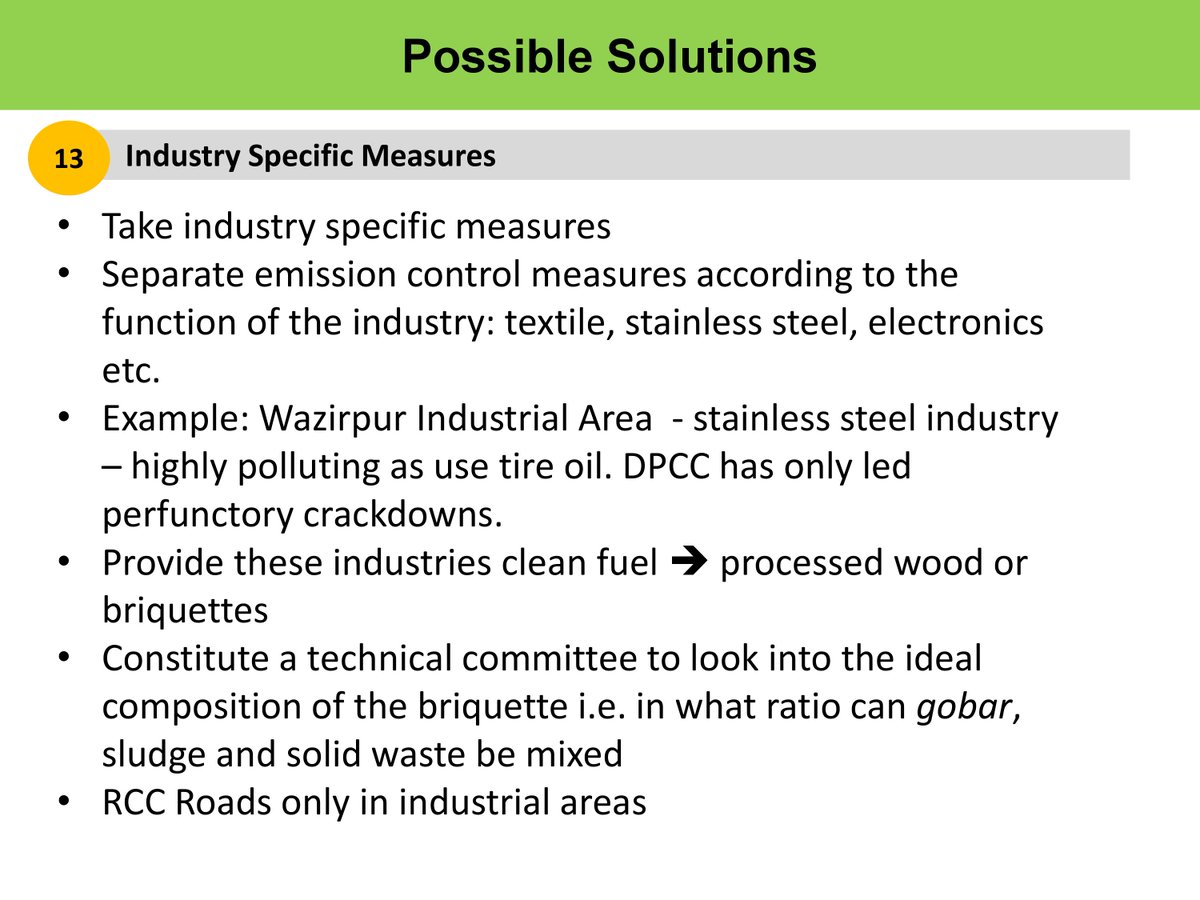
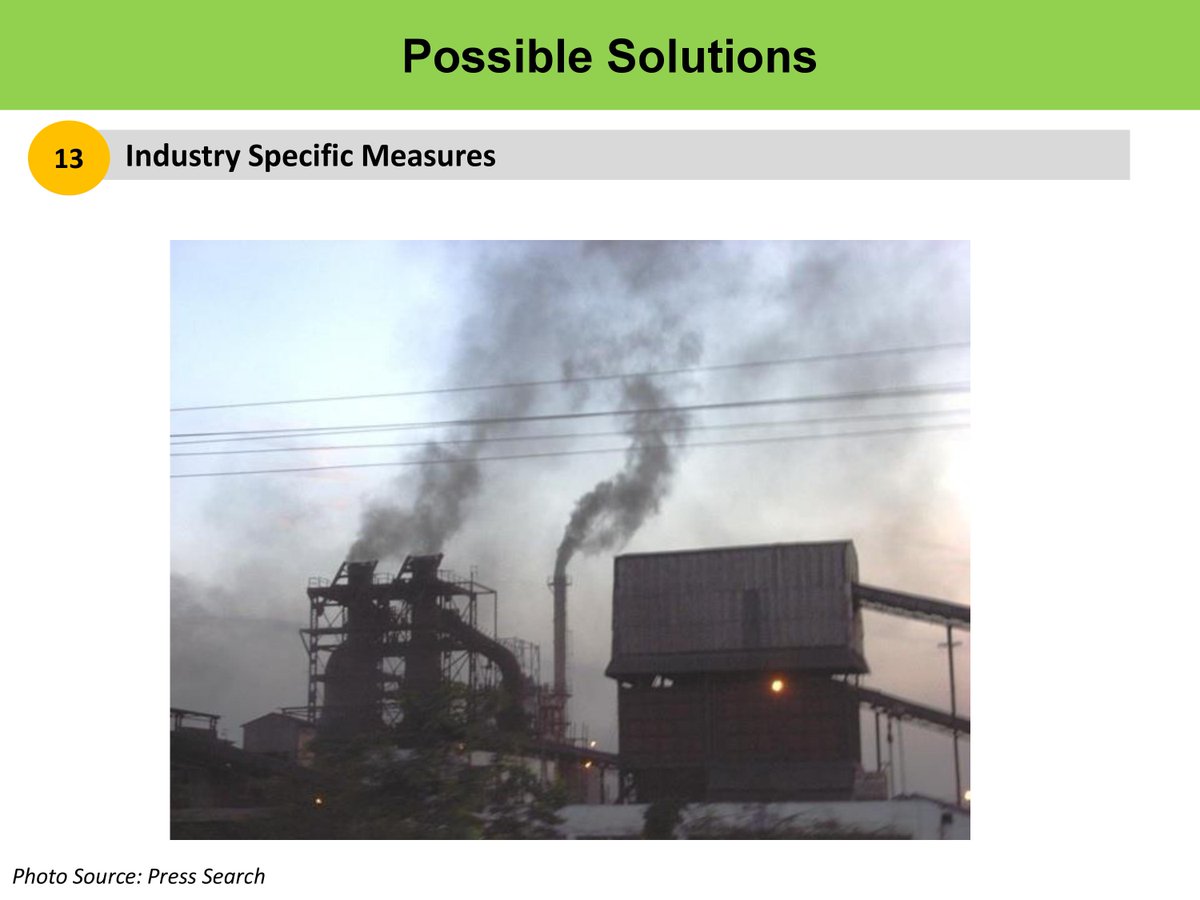
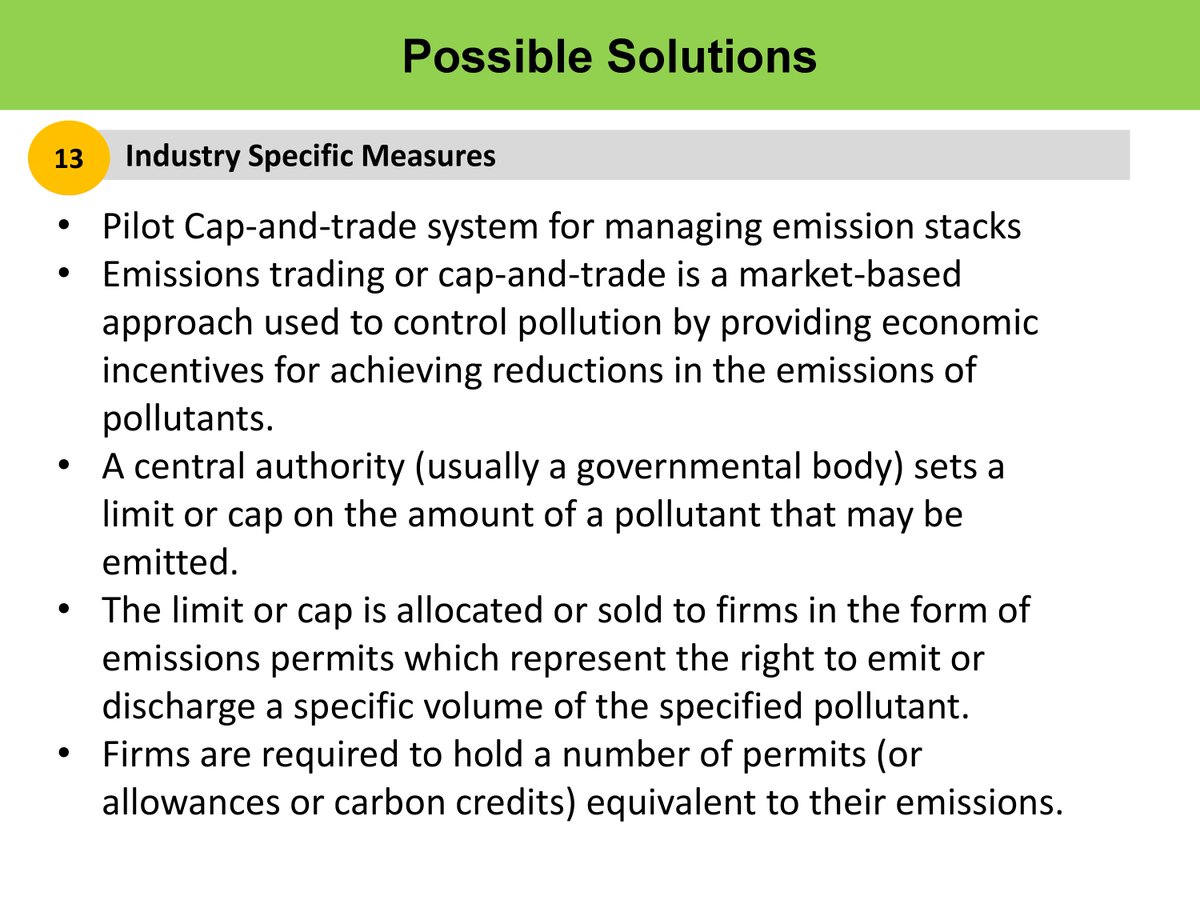
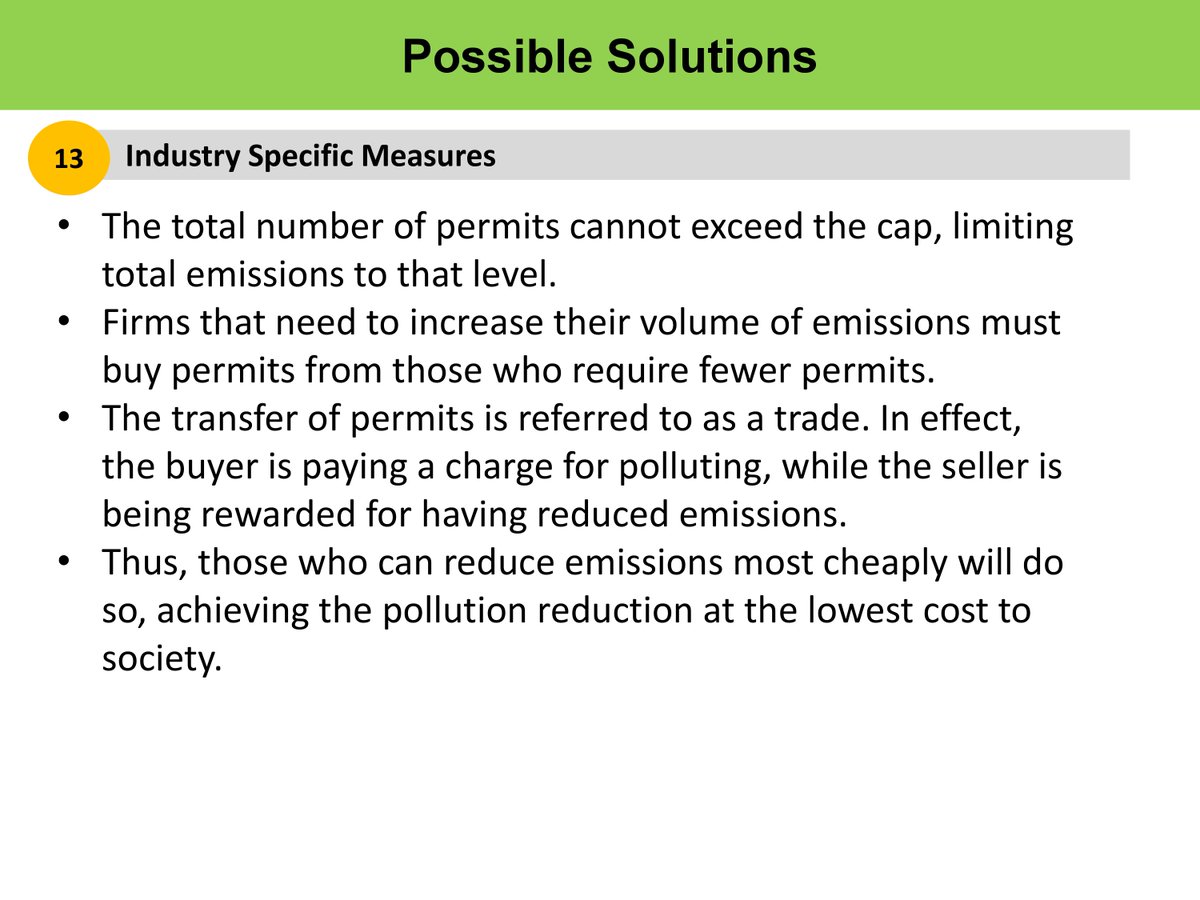
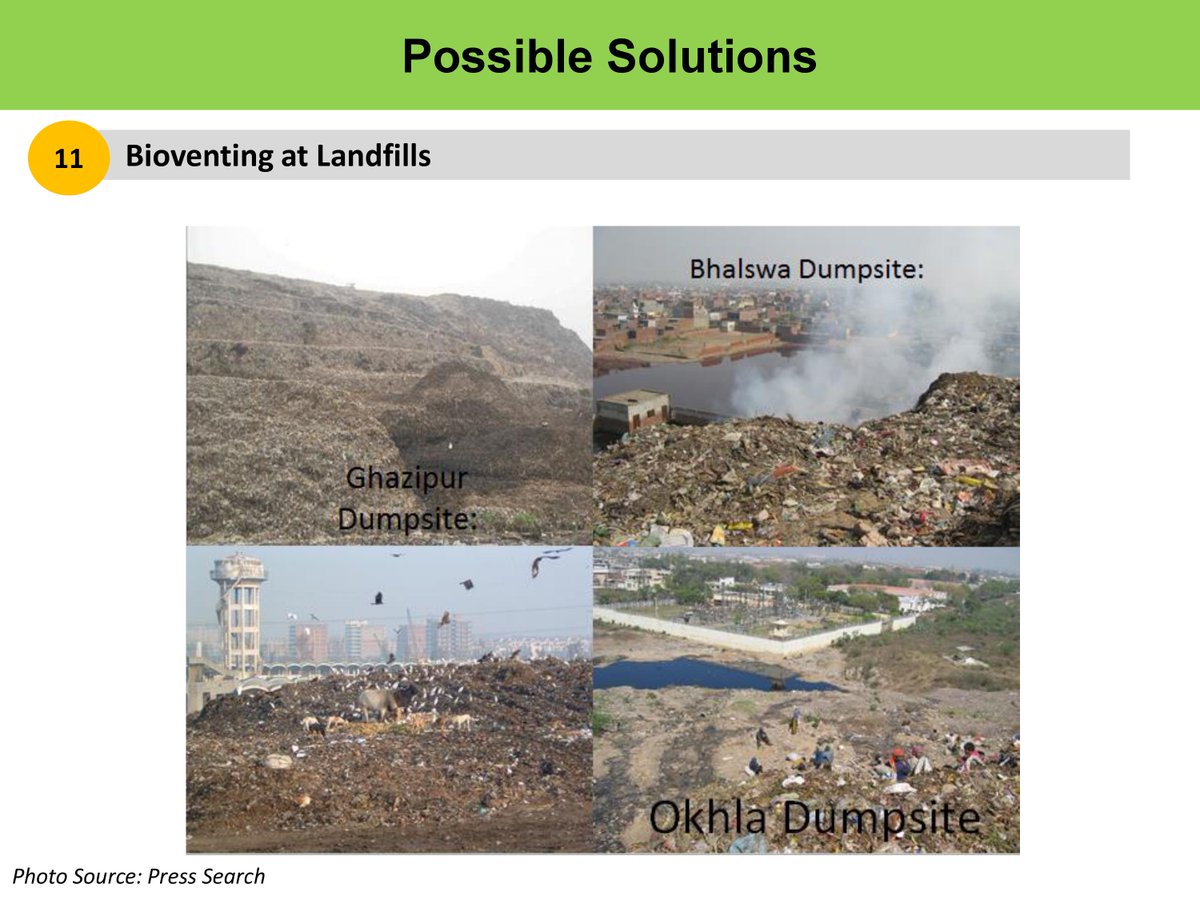
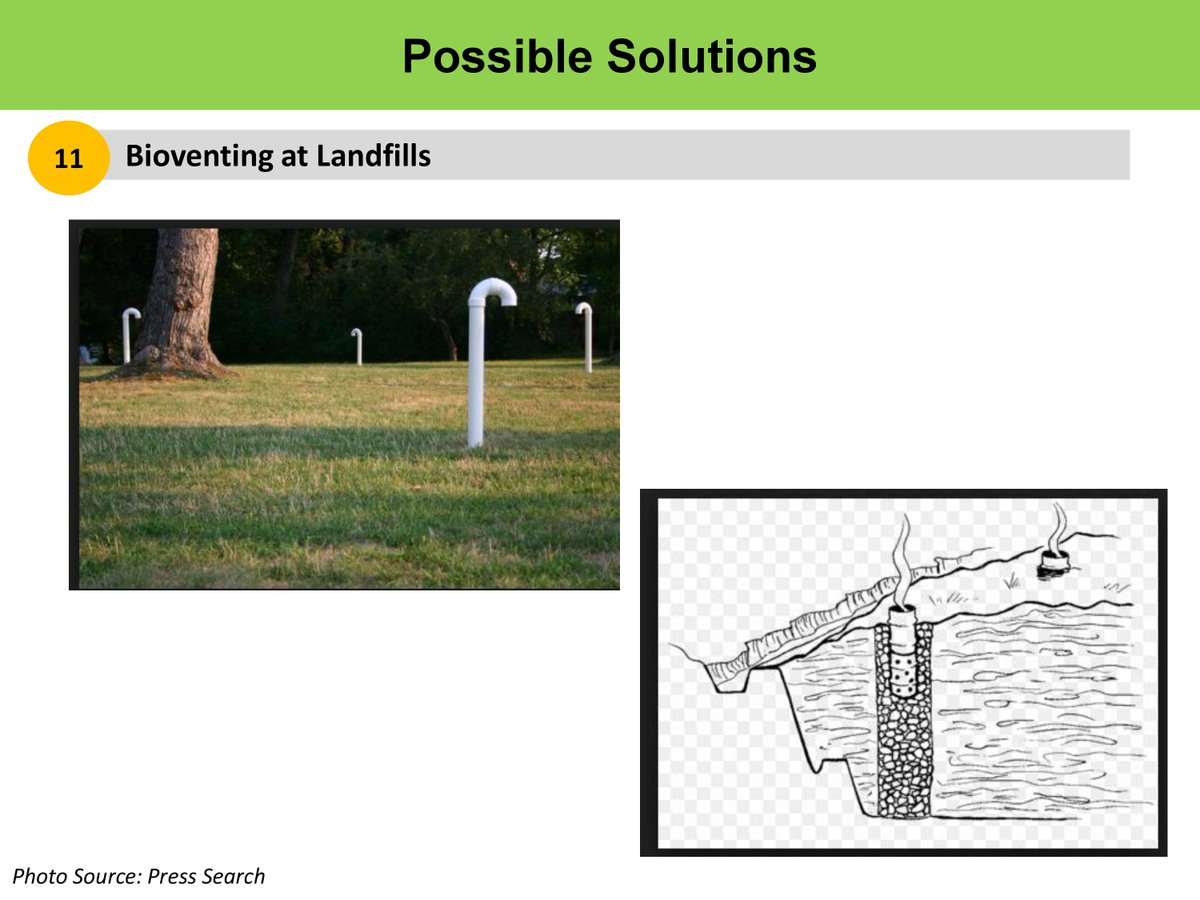

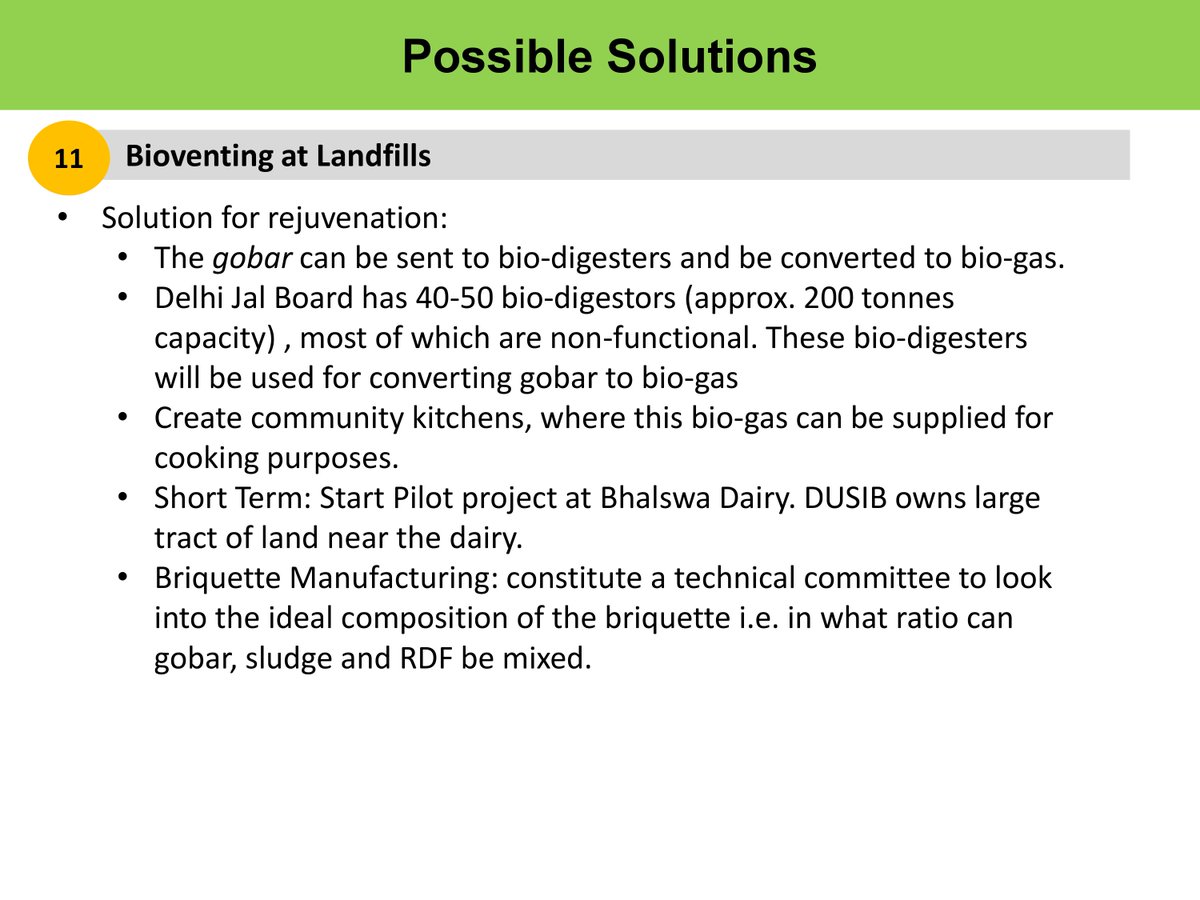
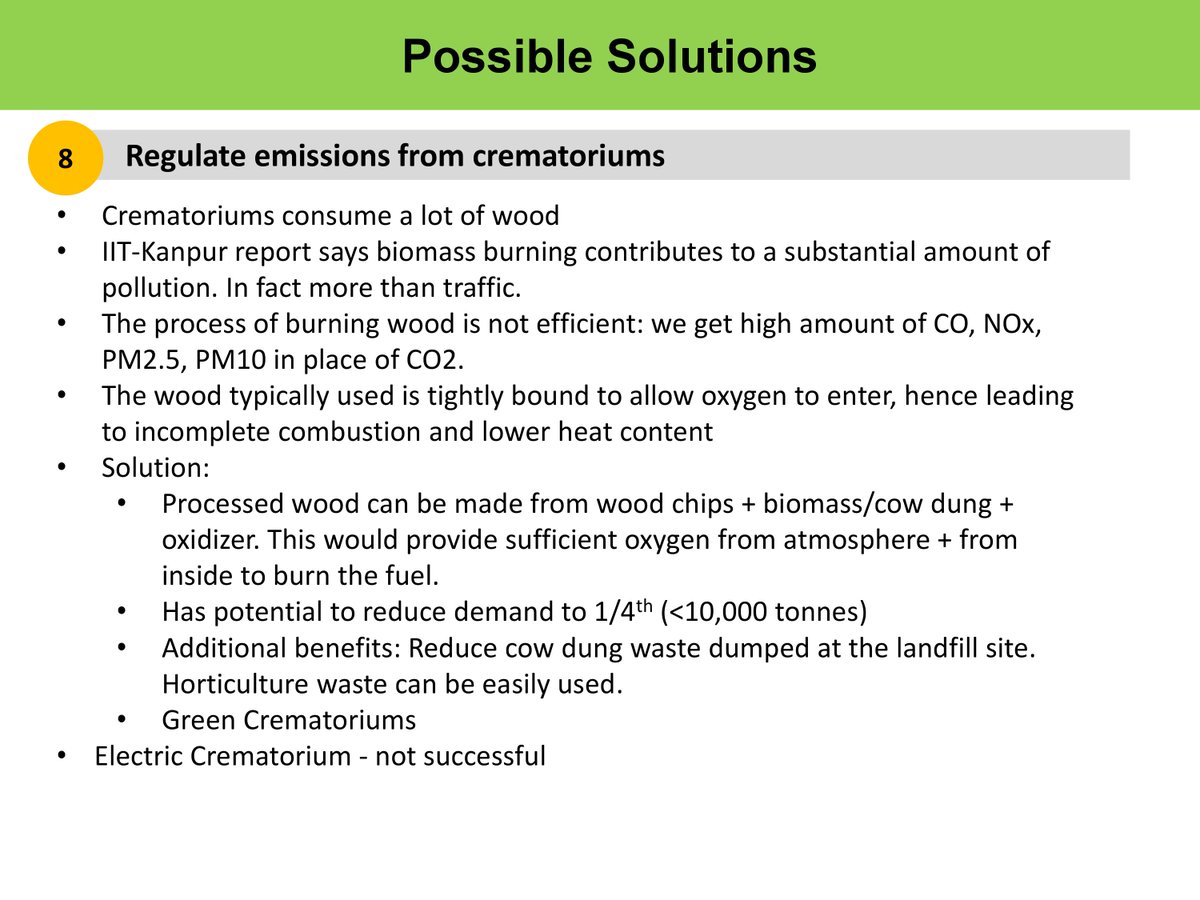
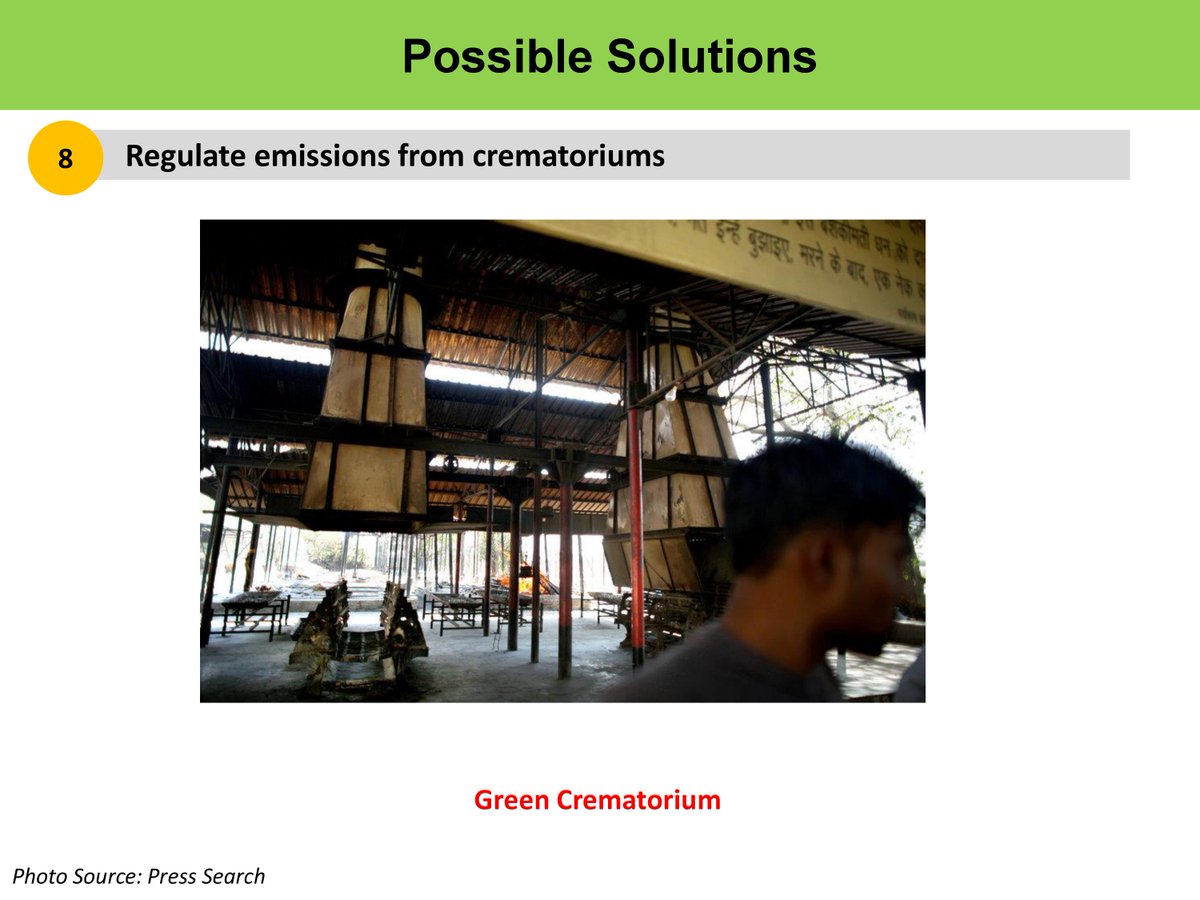
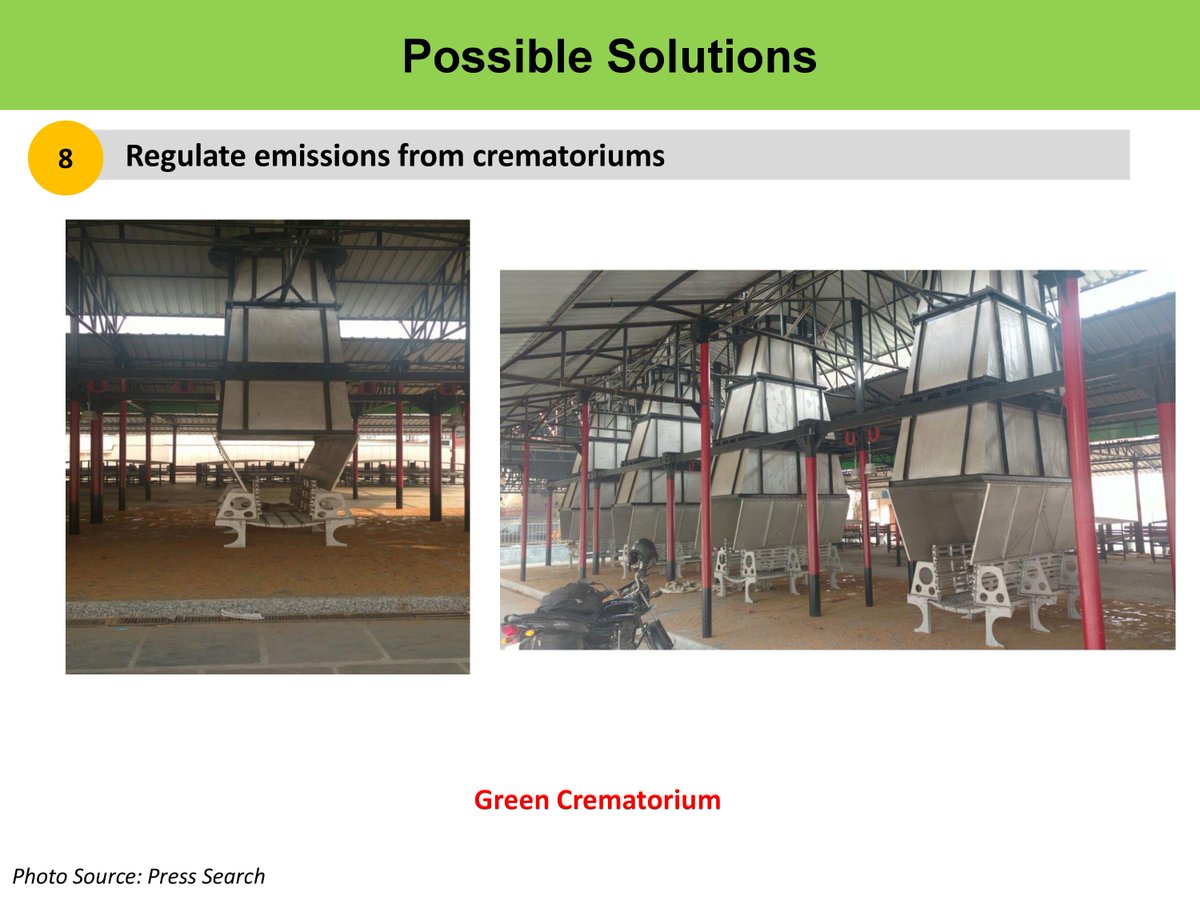
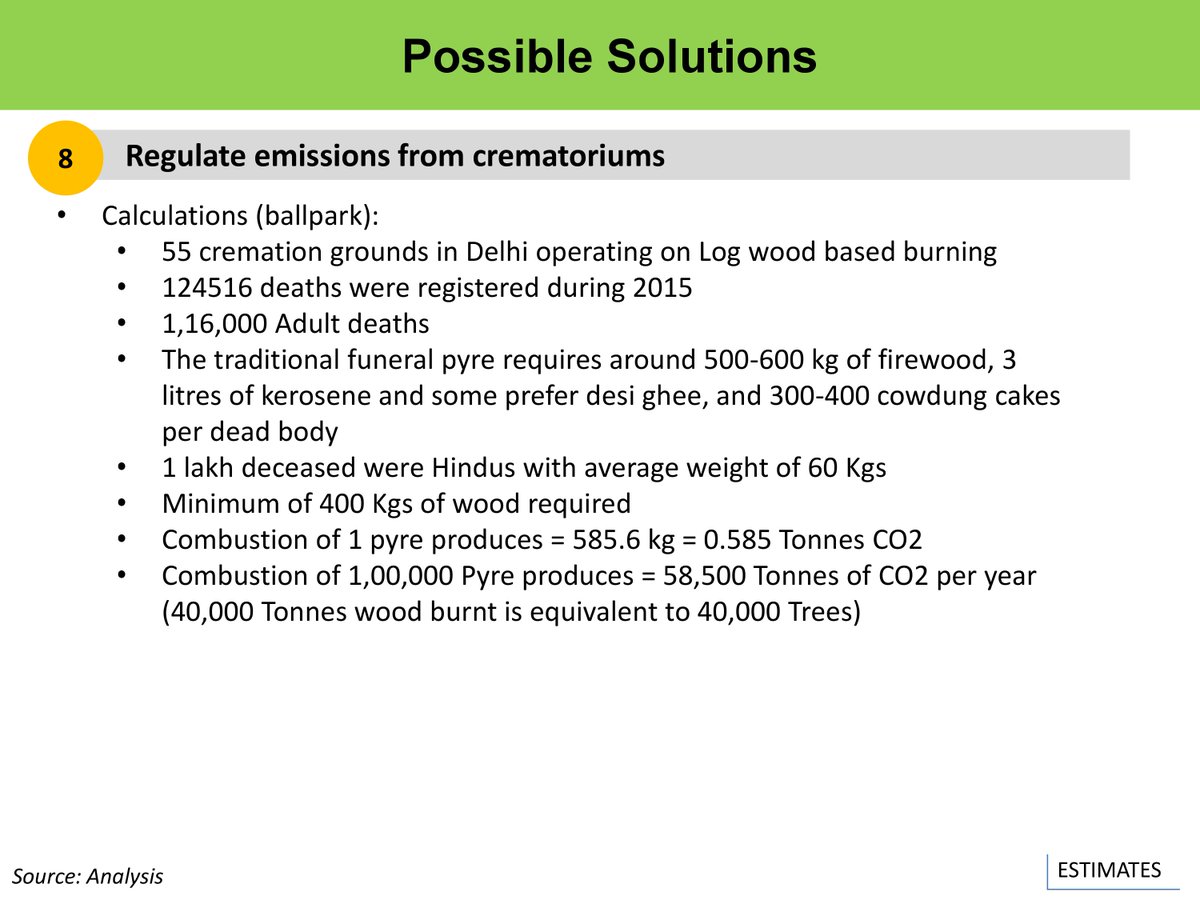
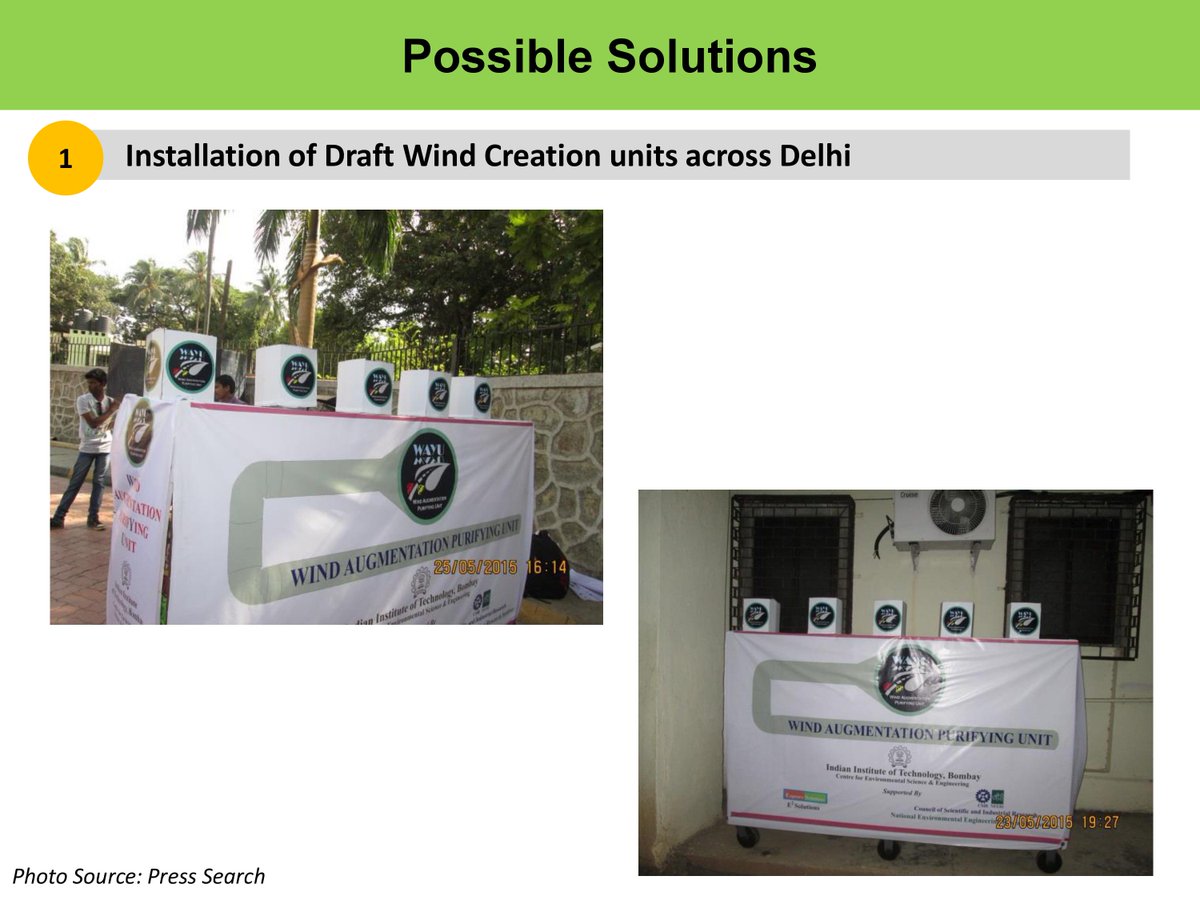
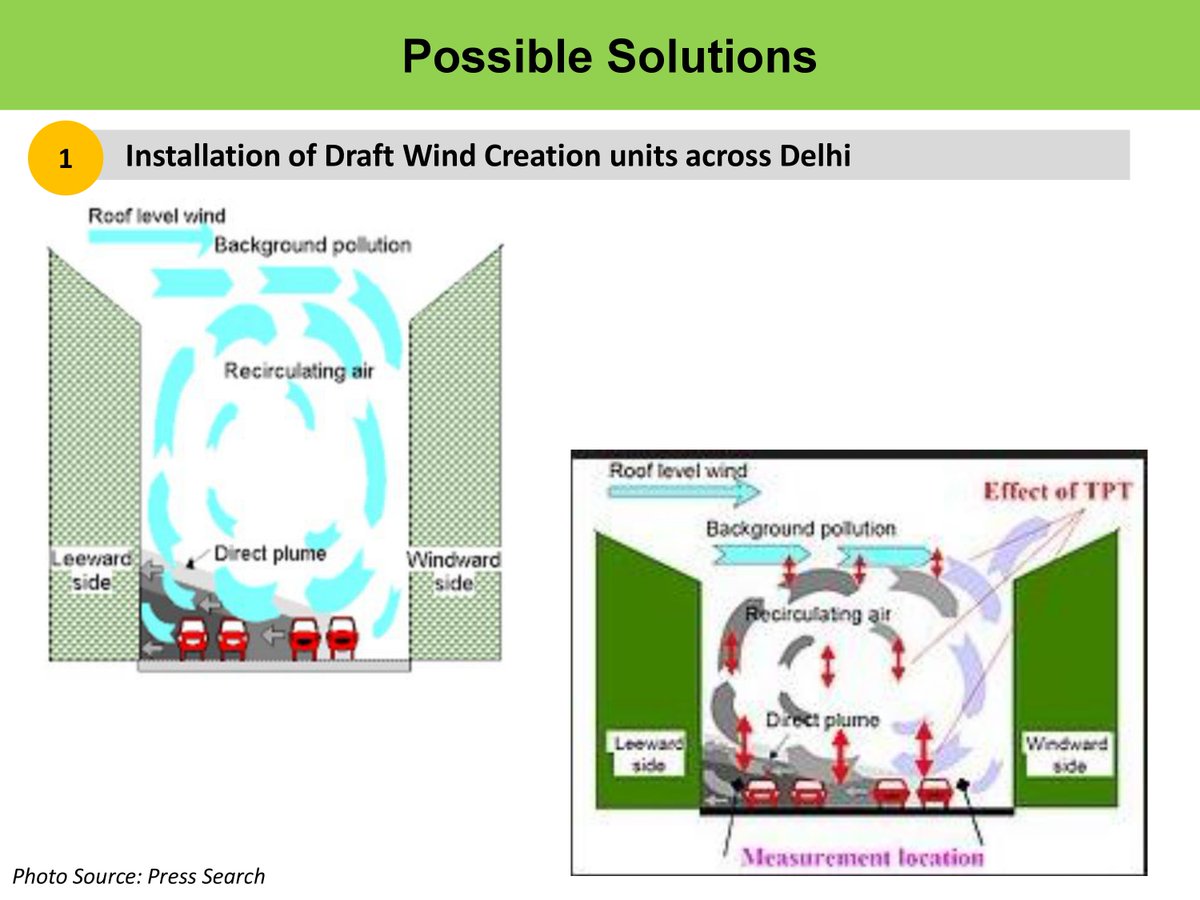

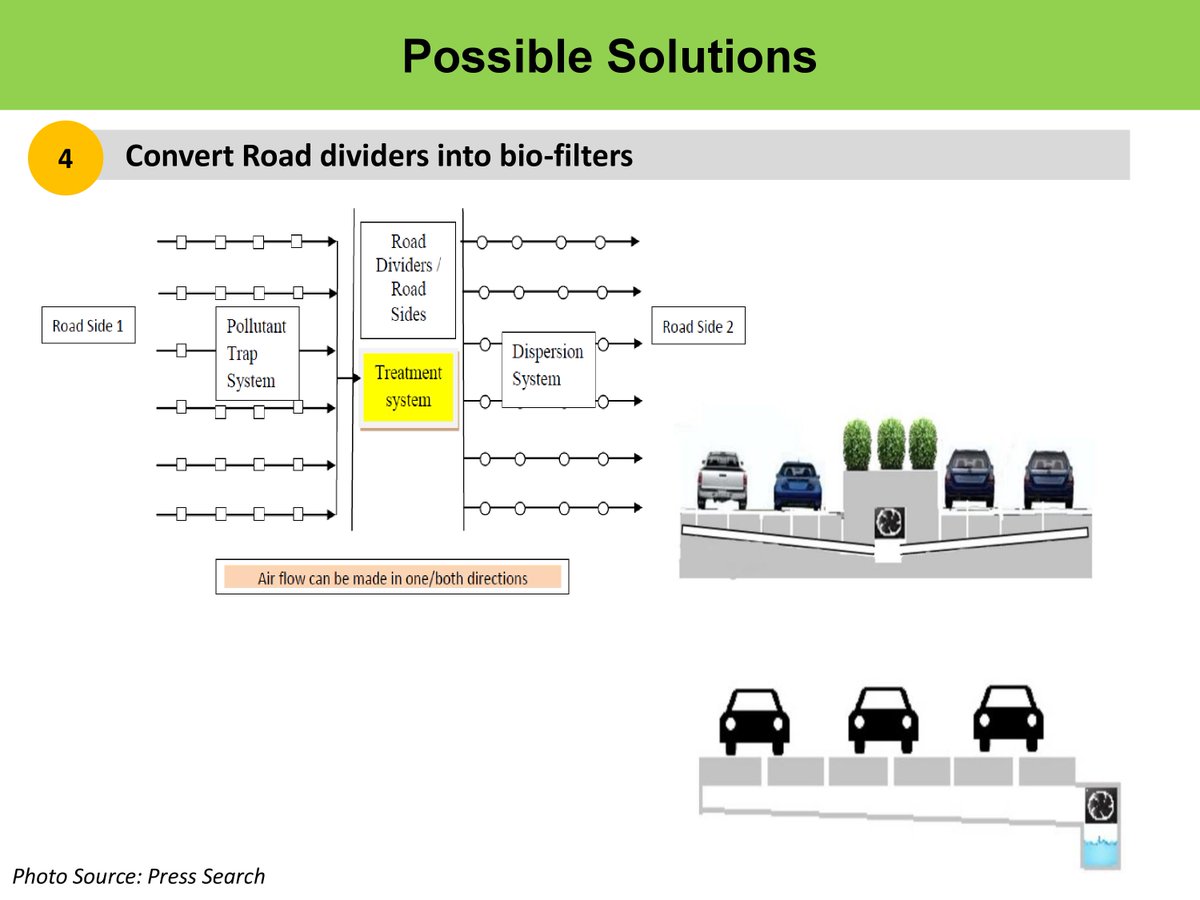
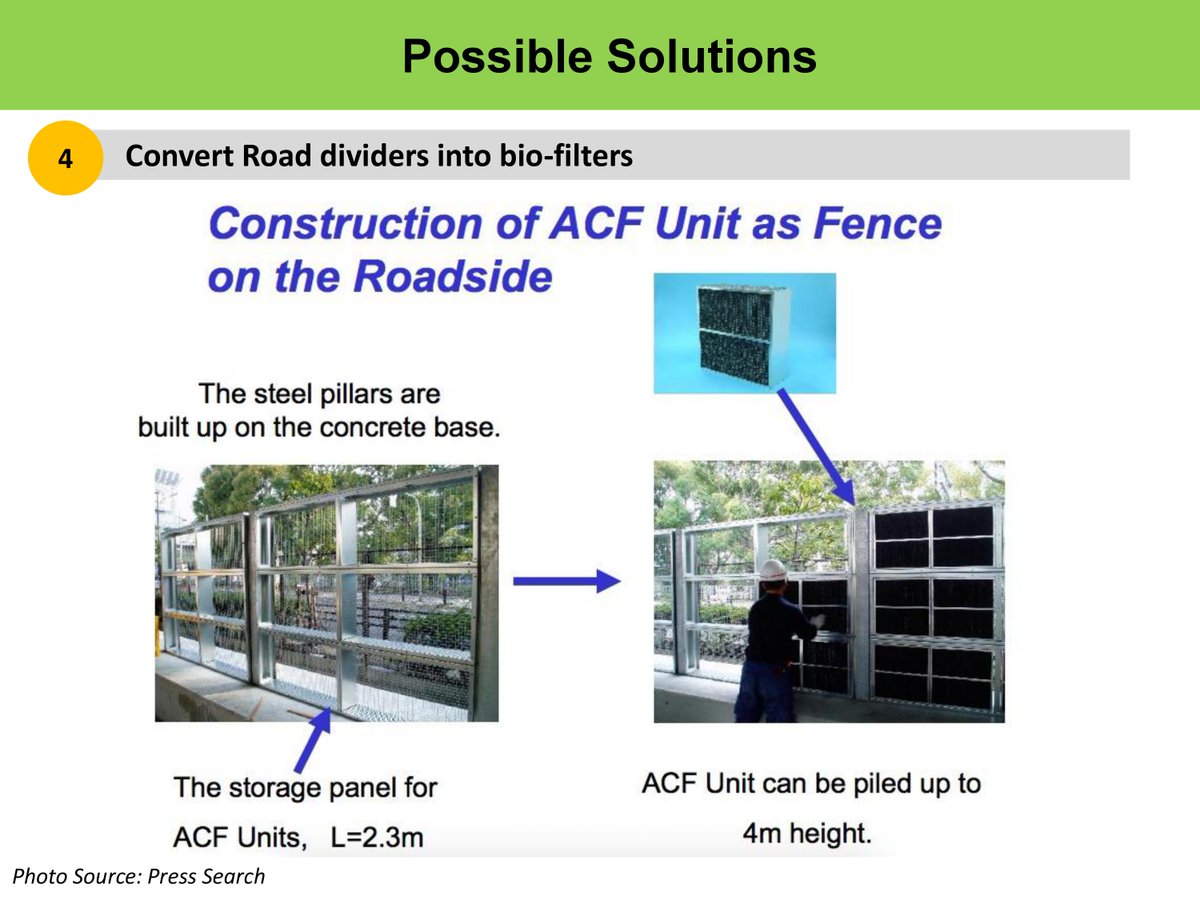


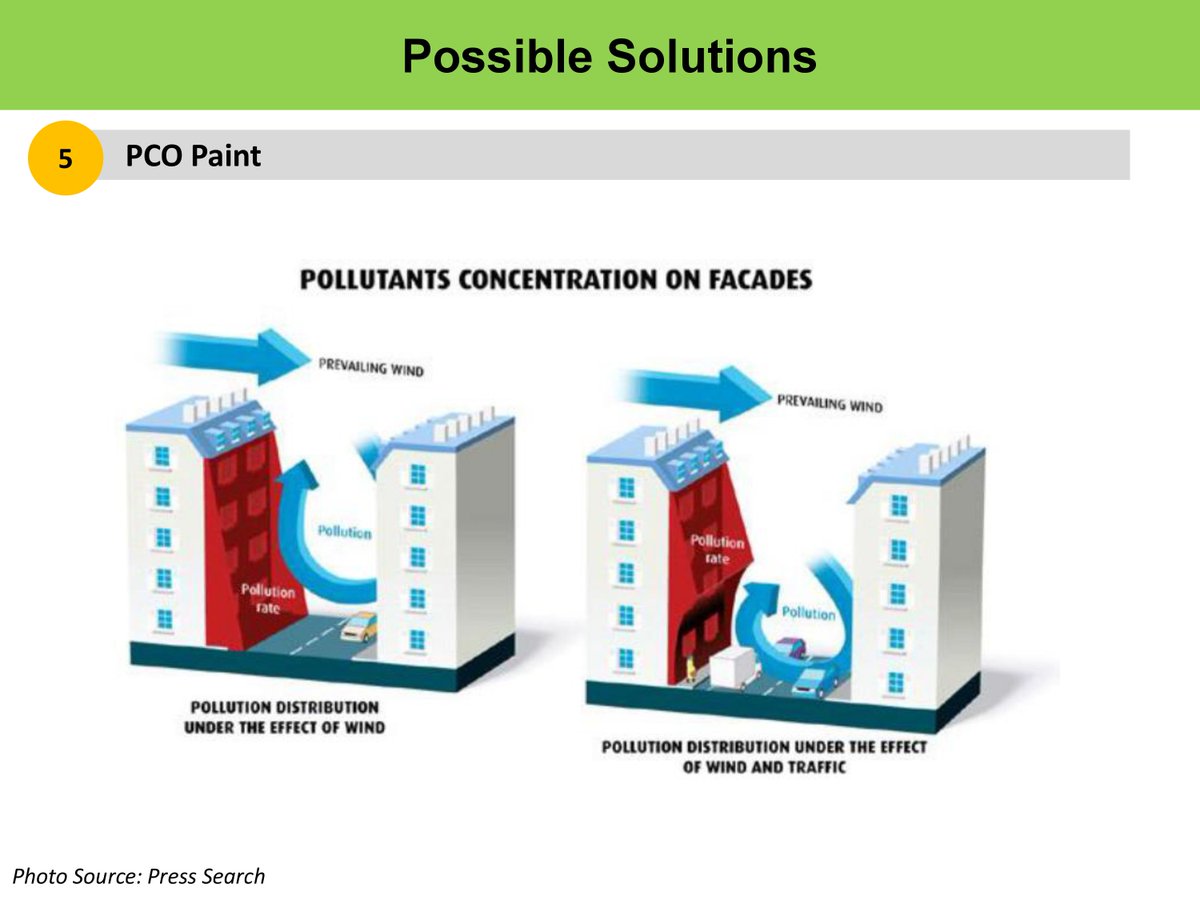
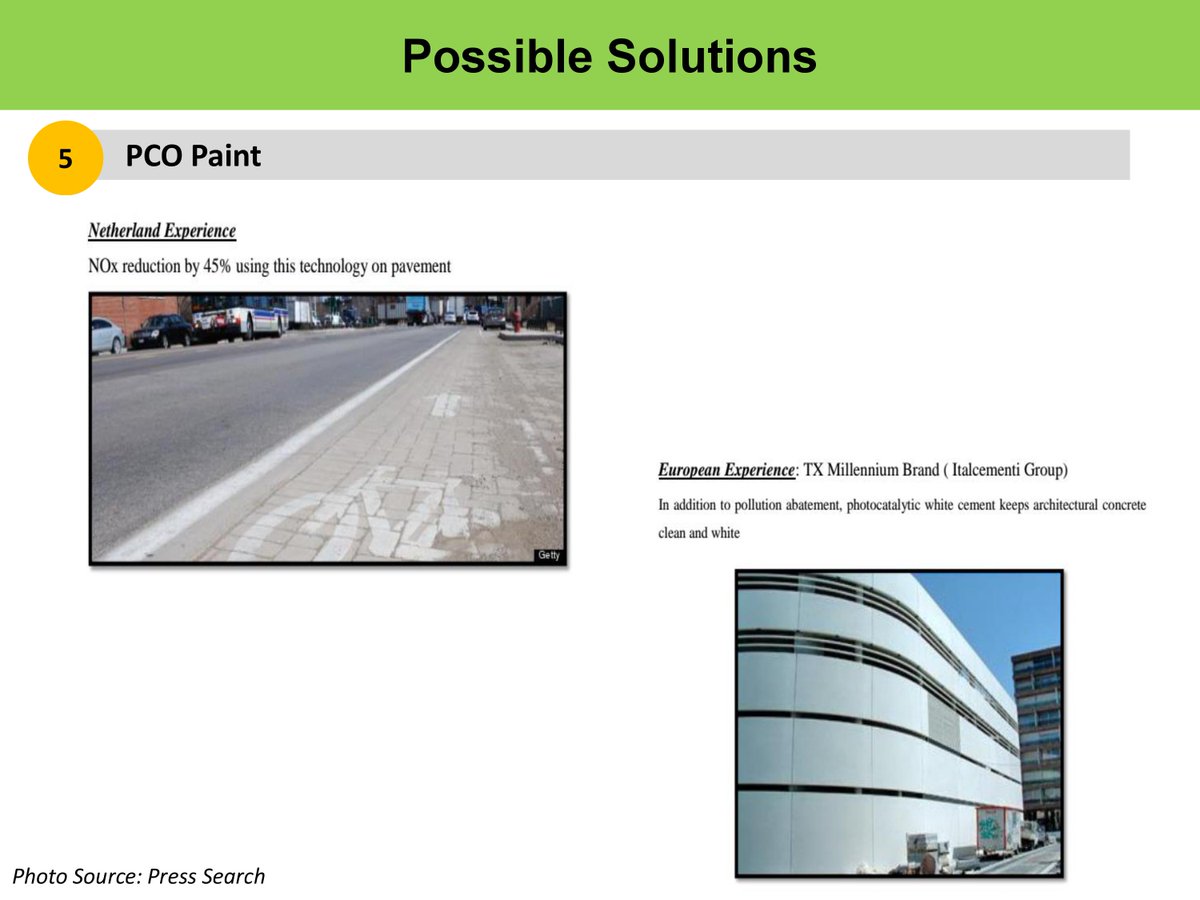
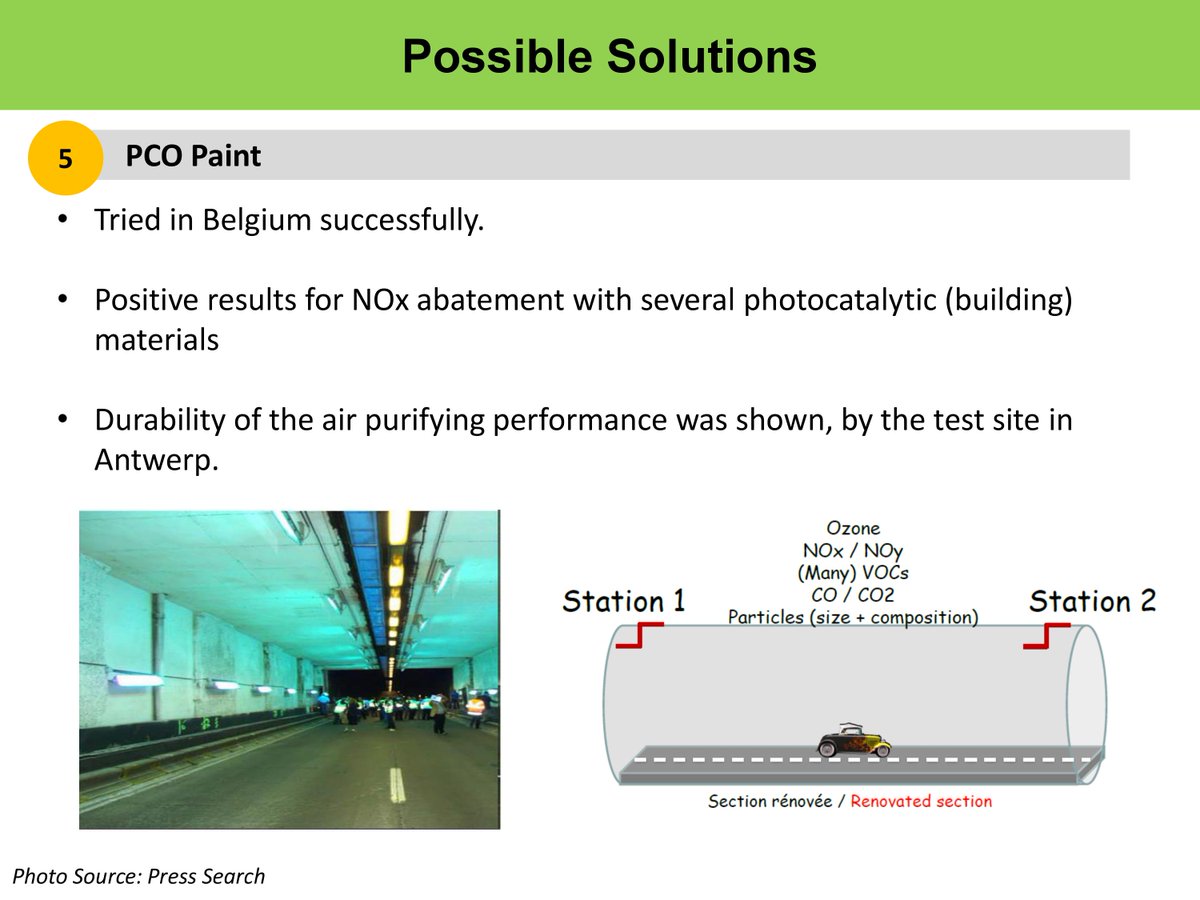
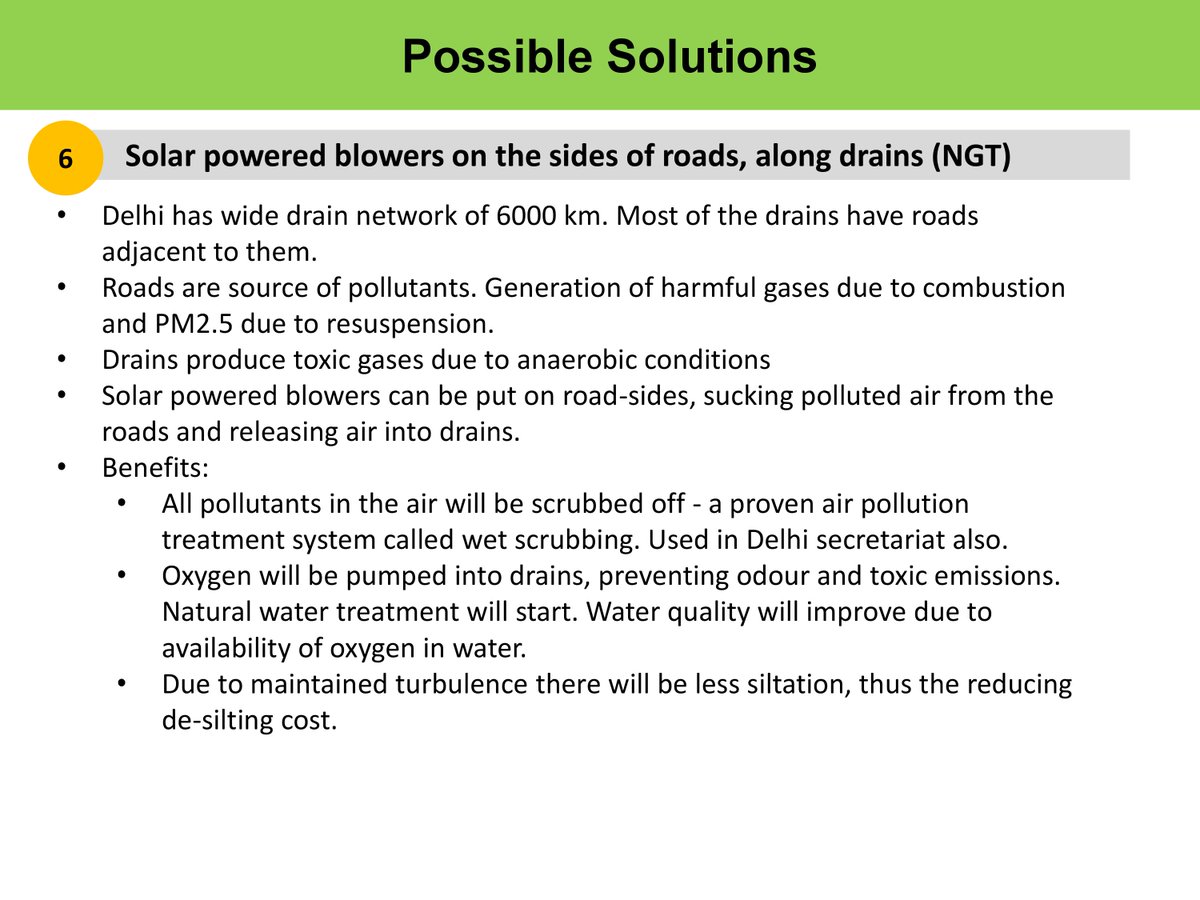
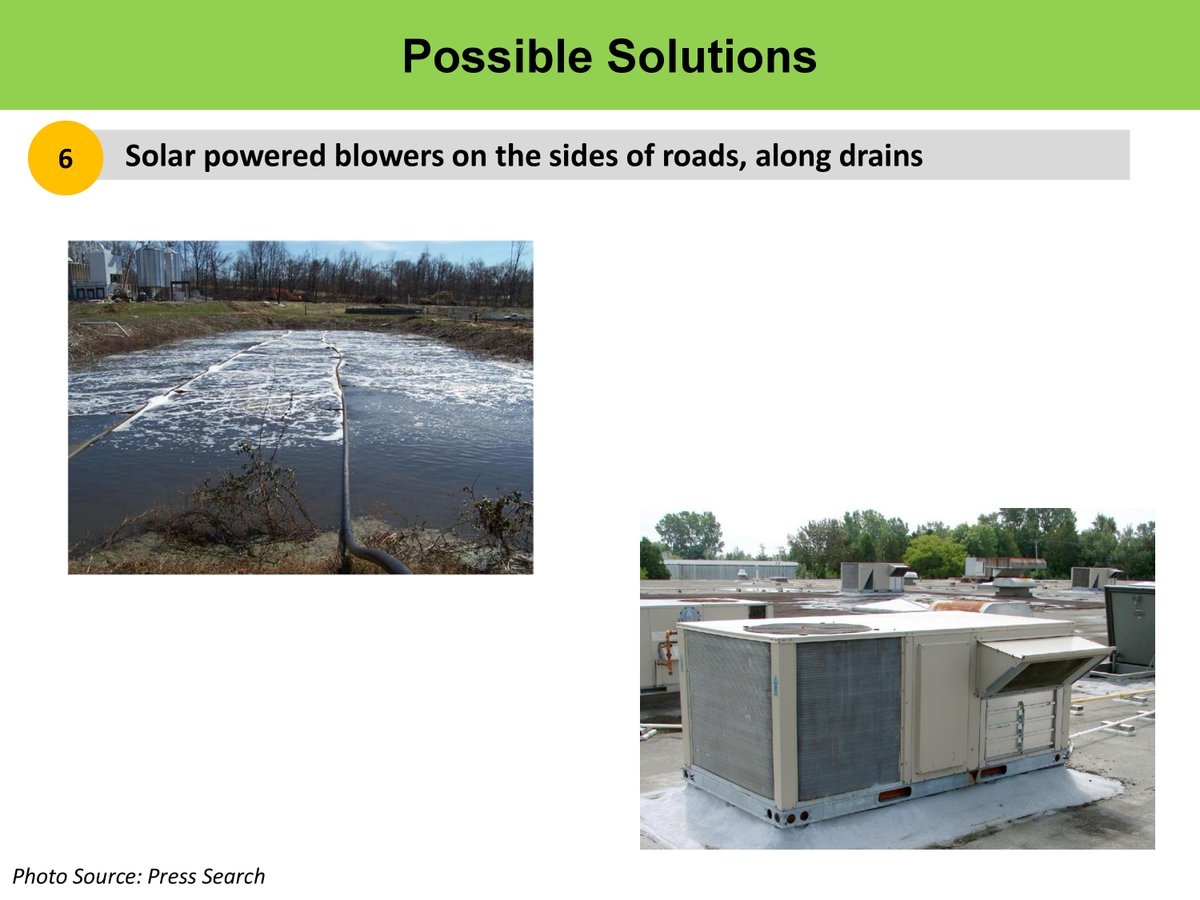
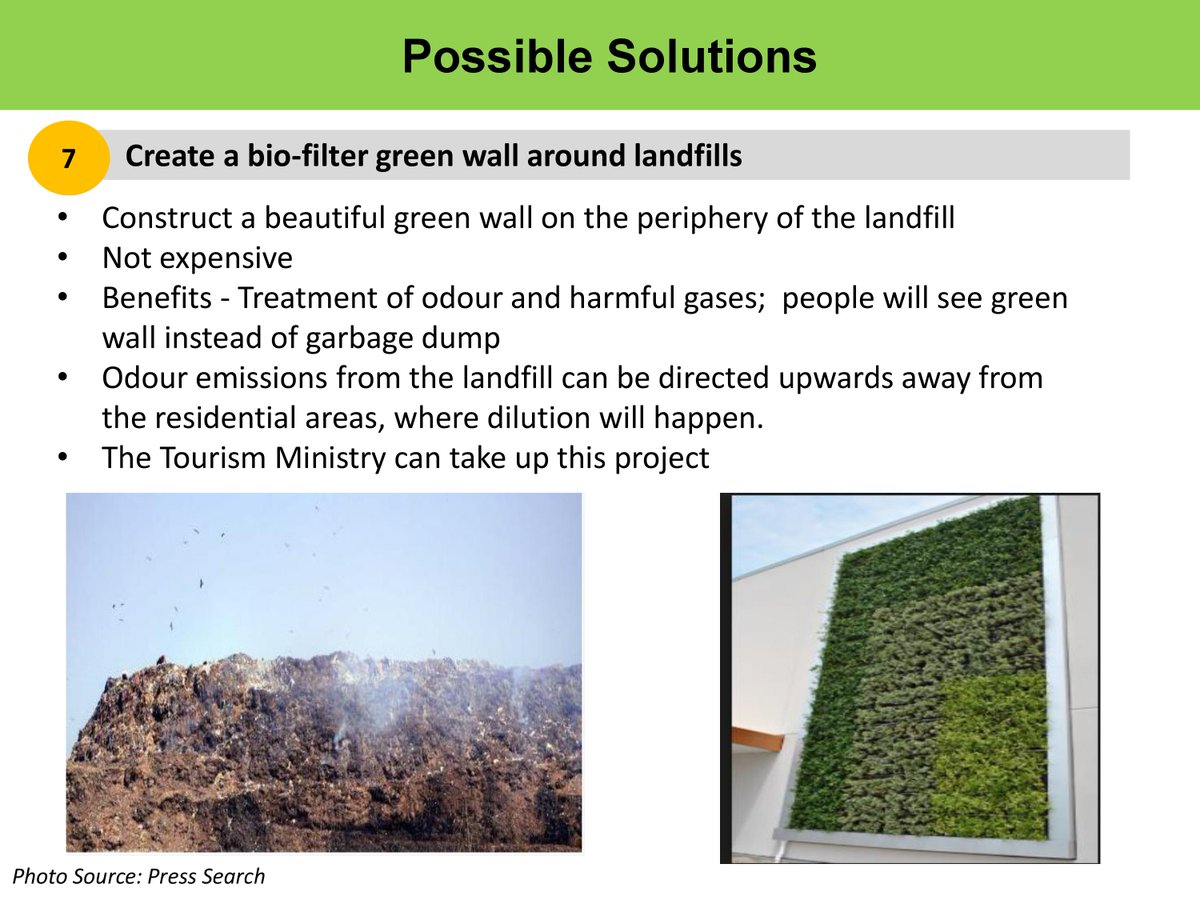
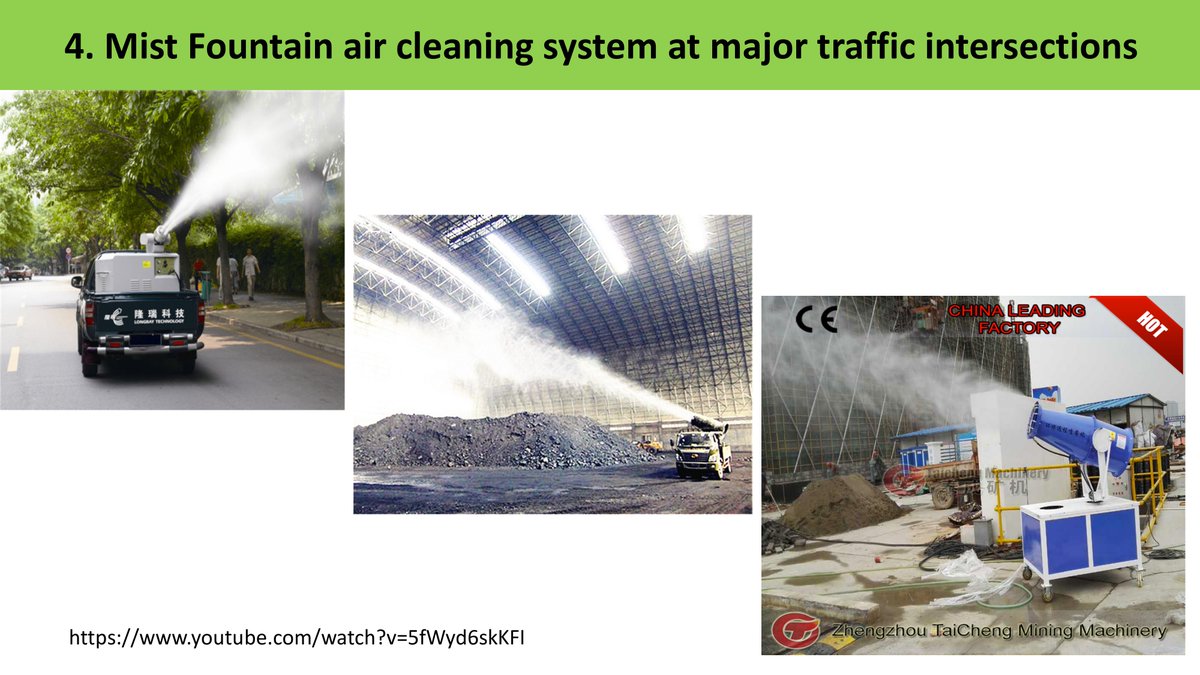
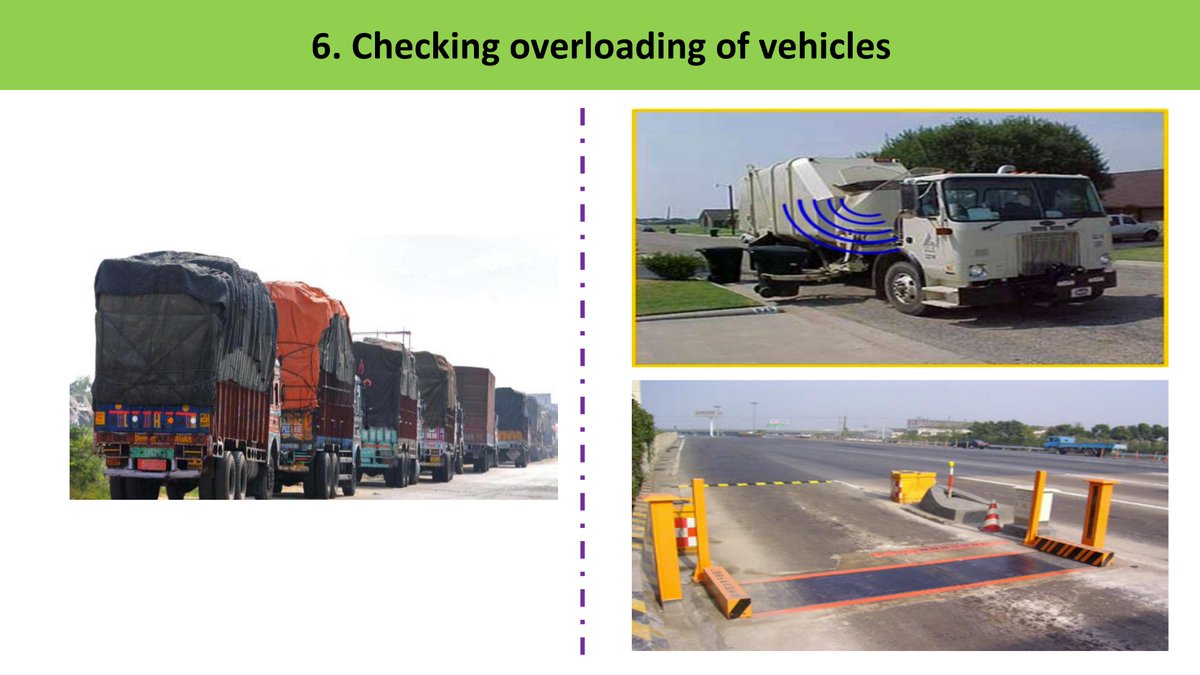
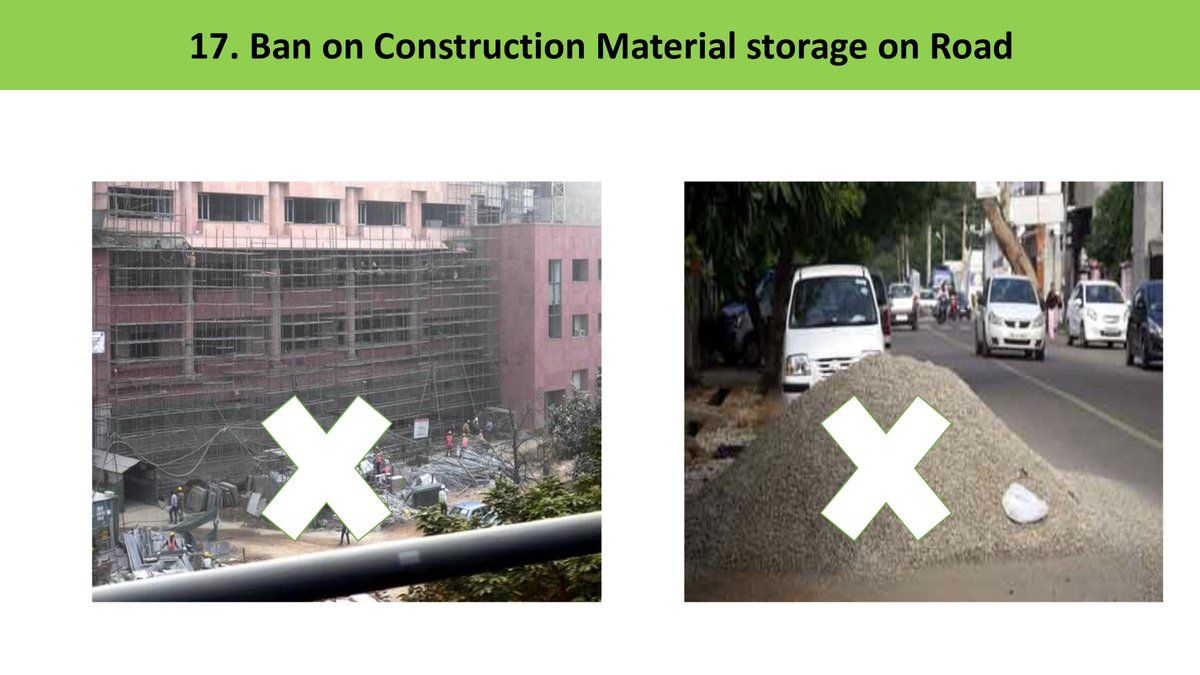
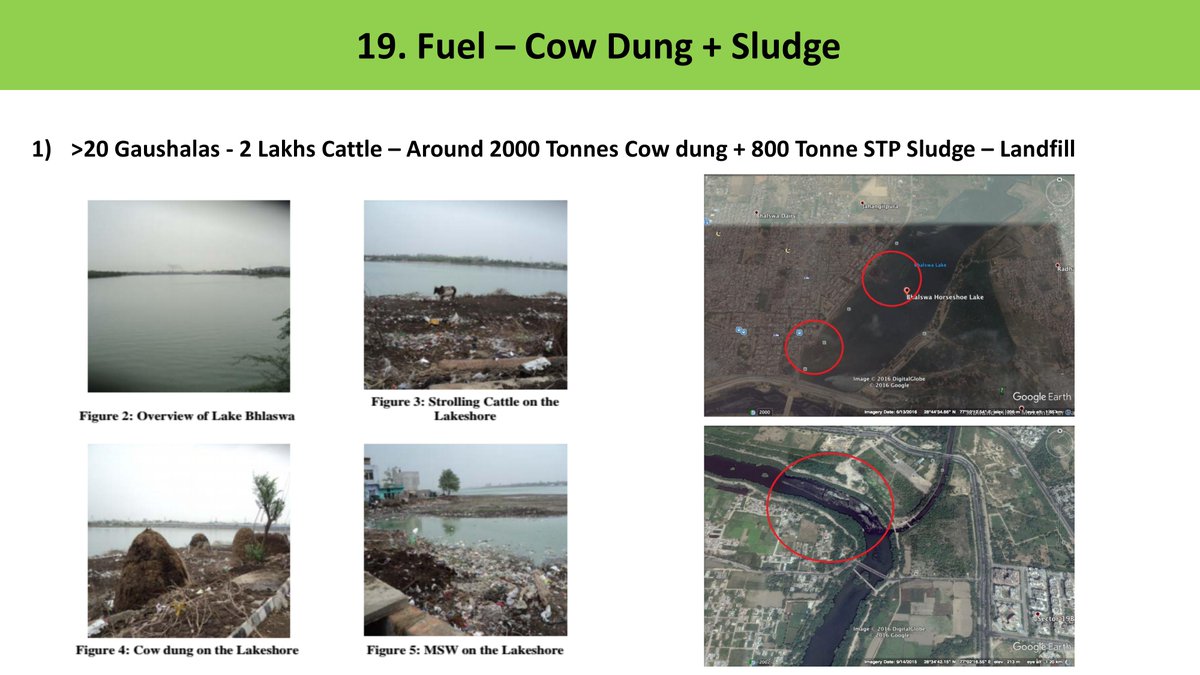

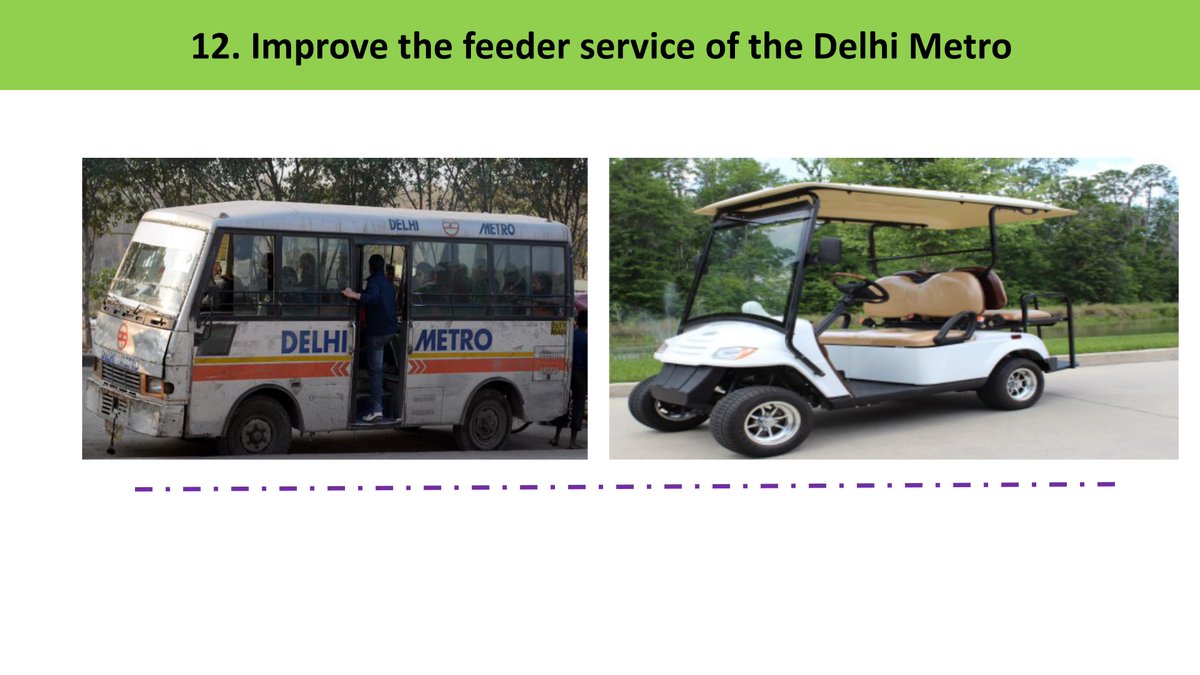
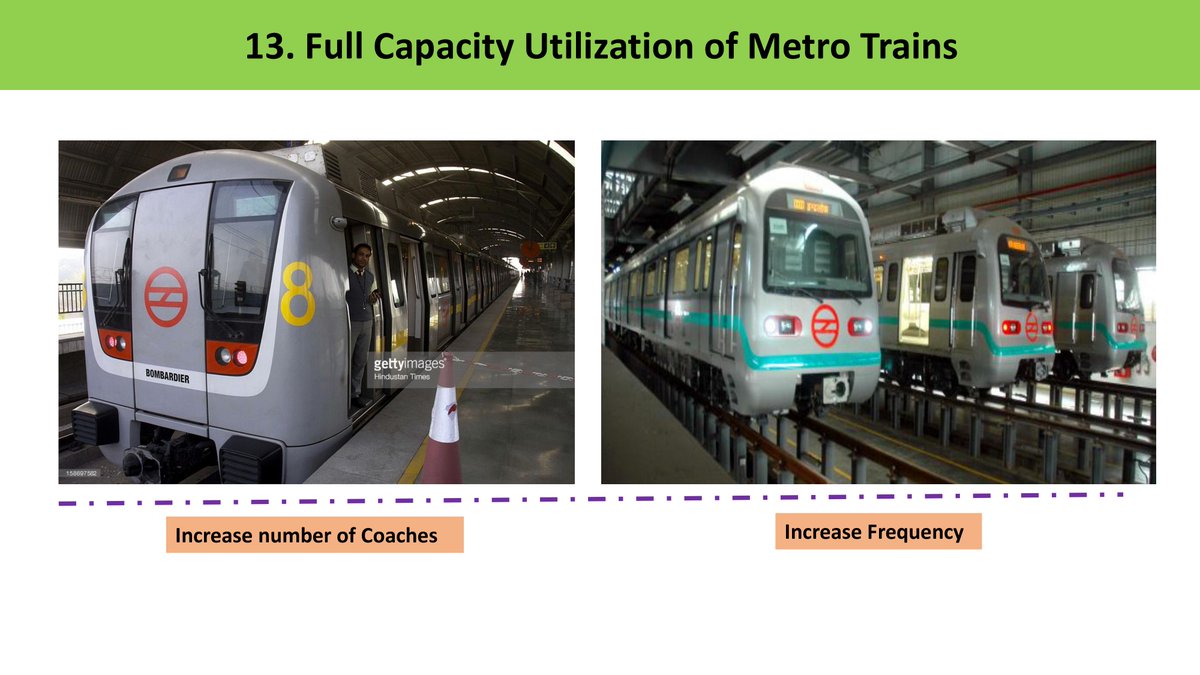
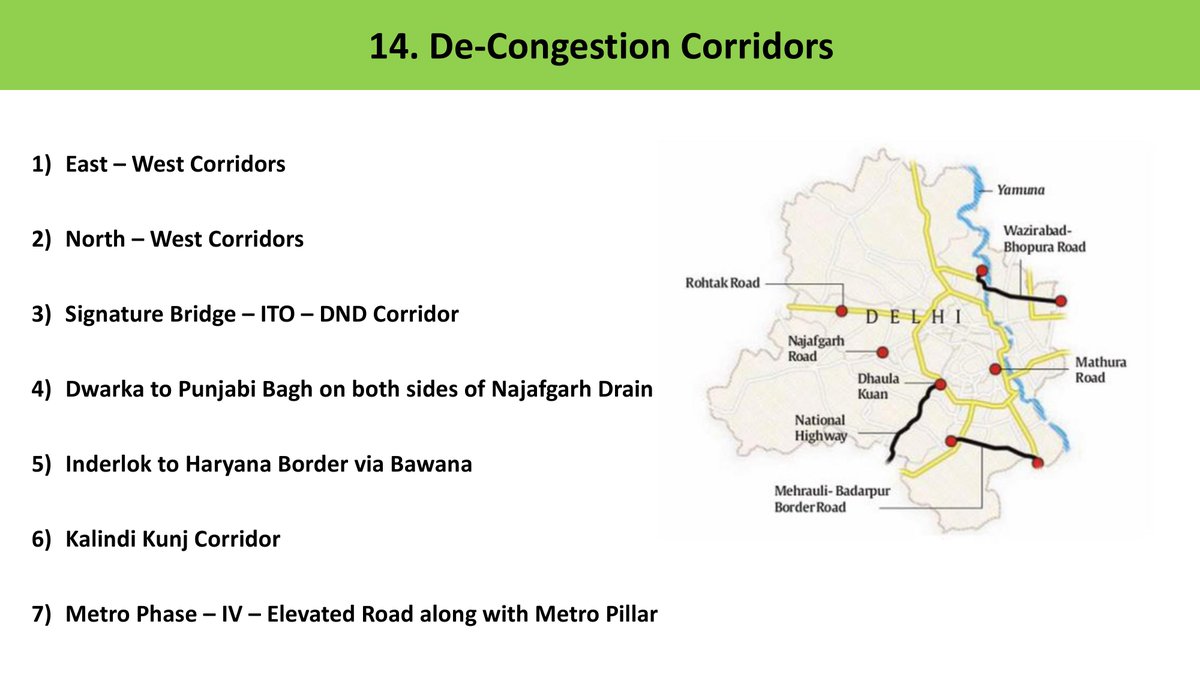
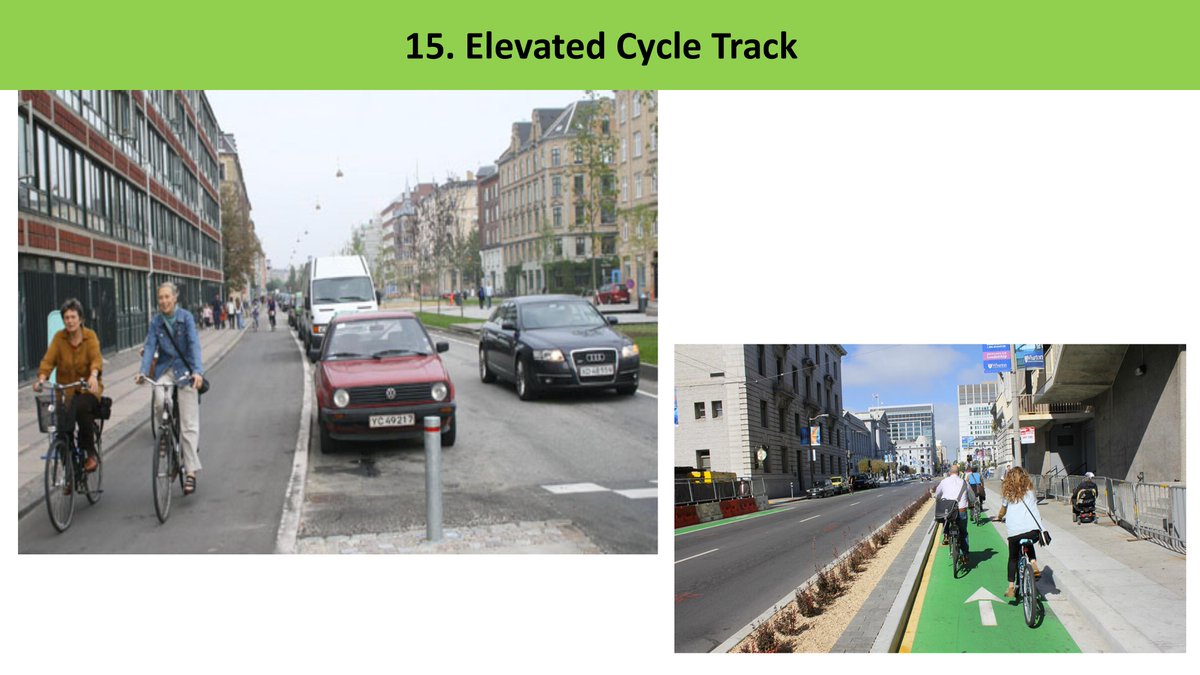

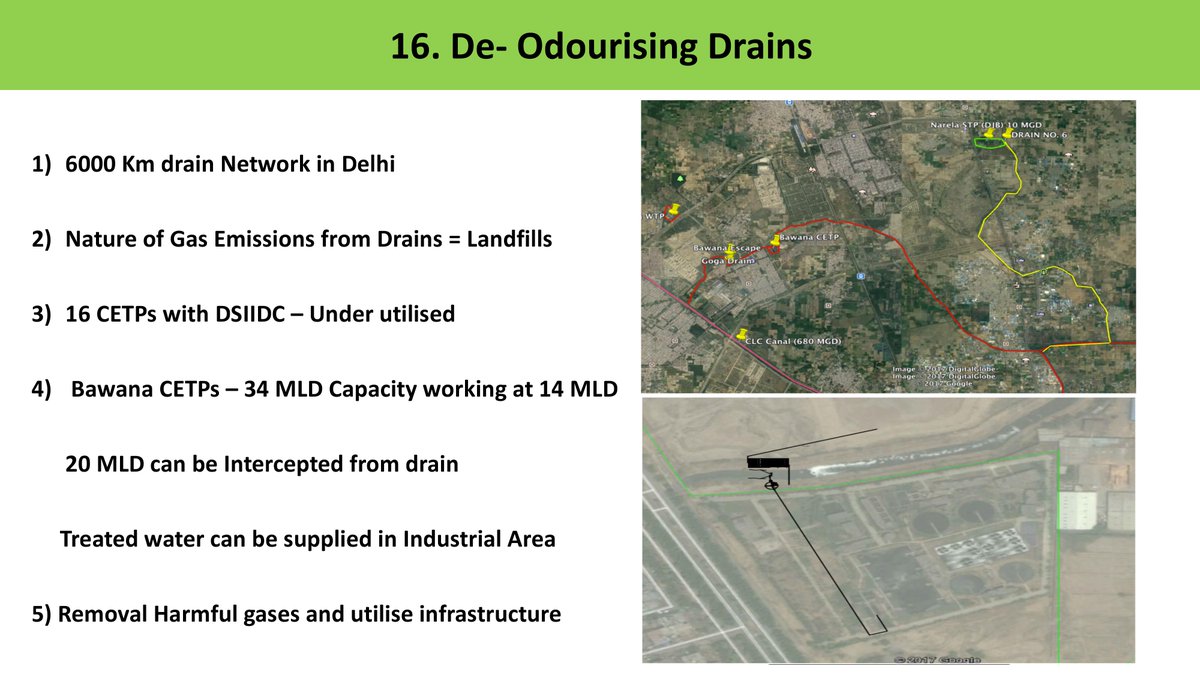
firstpost.com/india/delhi-po…
issuu.com/neerad89/docs/…
A parting thought: Israel jiujitsu-ed the water crisis. Can India do that with toxic air, polluted land, and dirty water?
Let's ReNew Delhi. Let's UnPollute.
Write to me to work together :)

